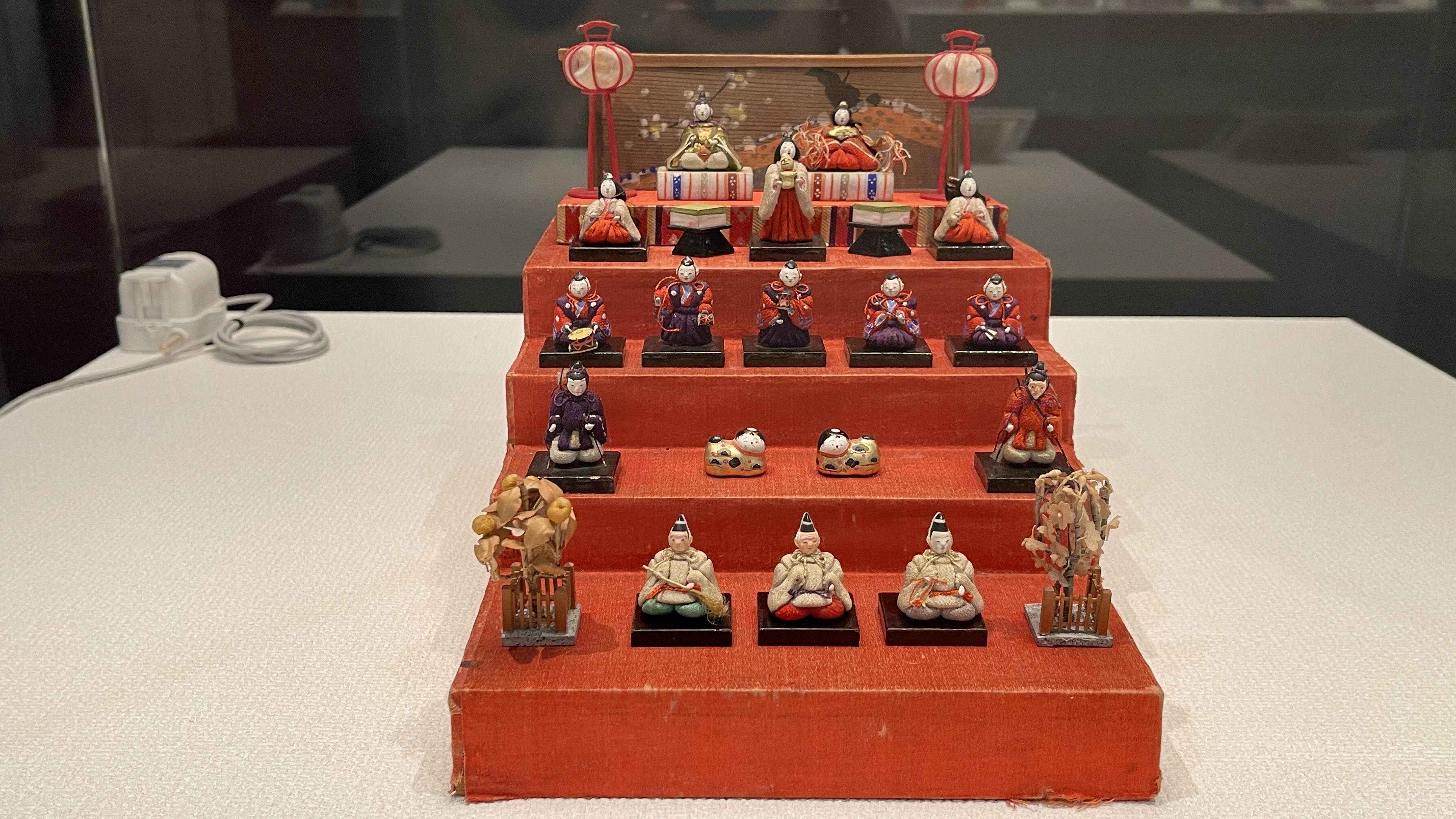memo30-03-02
Seasonal Events
March
JHOSHI
If you want to see the image at full size,
save it and see it.
(Confirmed with google chrome)
![]()
national holiday - Mar. 3
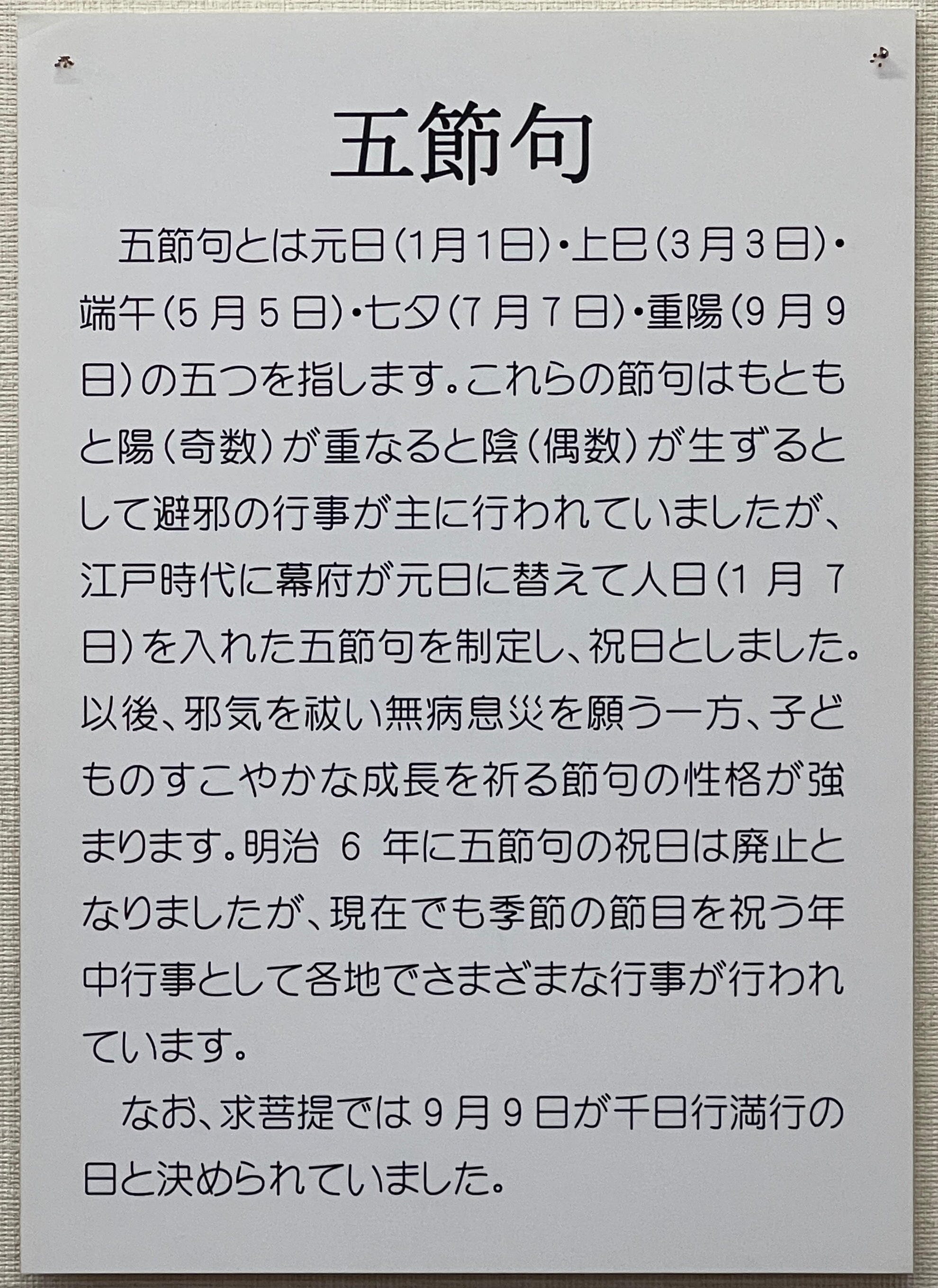
"Sekku" is a traditional event in which offerings are made to spirits at seasonal and agricultural milestones to pray for good health and to purge evil spirits.
It was originally a Shinto ritual from ancient times, but Buddhist events and ideas that were introduced to Japan along the way have influenced it, and it has been transmitted to the present day as a mixed culture.
"Sekku" is sometimes collectively referred to as "Go(5)Sekku".
"Go(5)Sekku" is celebrated five days a year: "Jinjitsu" on January 7, "Jhoshi" on March 3, "Tango" on May 5, "Shichiseki" on July 7, and "Choyo" on September 9.
The originally existing "Go(5)Sekku" was re-designated as a national holiday by the central government during the Edo period, and was abolished in 1873.
However, even after "Go(5)Sekku" was discontinued, it became a common event and has remained so to this day.
In this page, we introduce "Jhoshi no Sekku".
"Jhoshi no Sekku" is also called "Hina festival(Hinamatsuri)".
"Jhoshi no Sekku" blesses the girl child.
Families with girls set up hina decorations and have a party with sushi and white sake.
This is a loving holiday to wish for the healthy growth of the girl child.

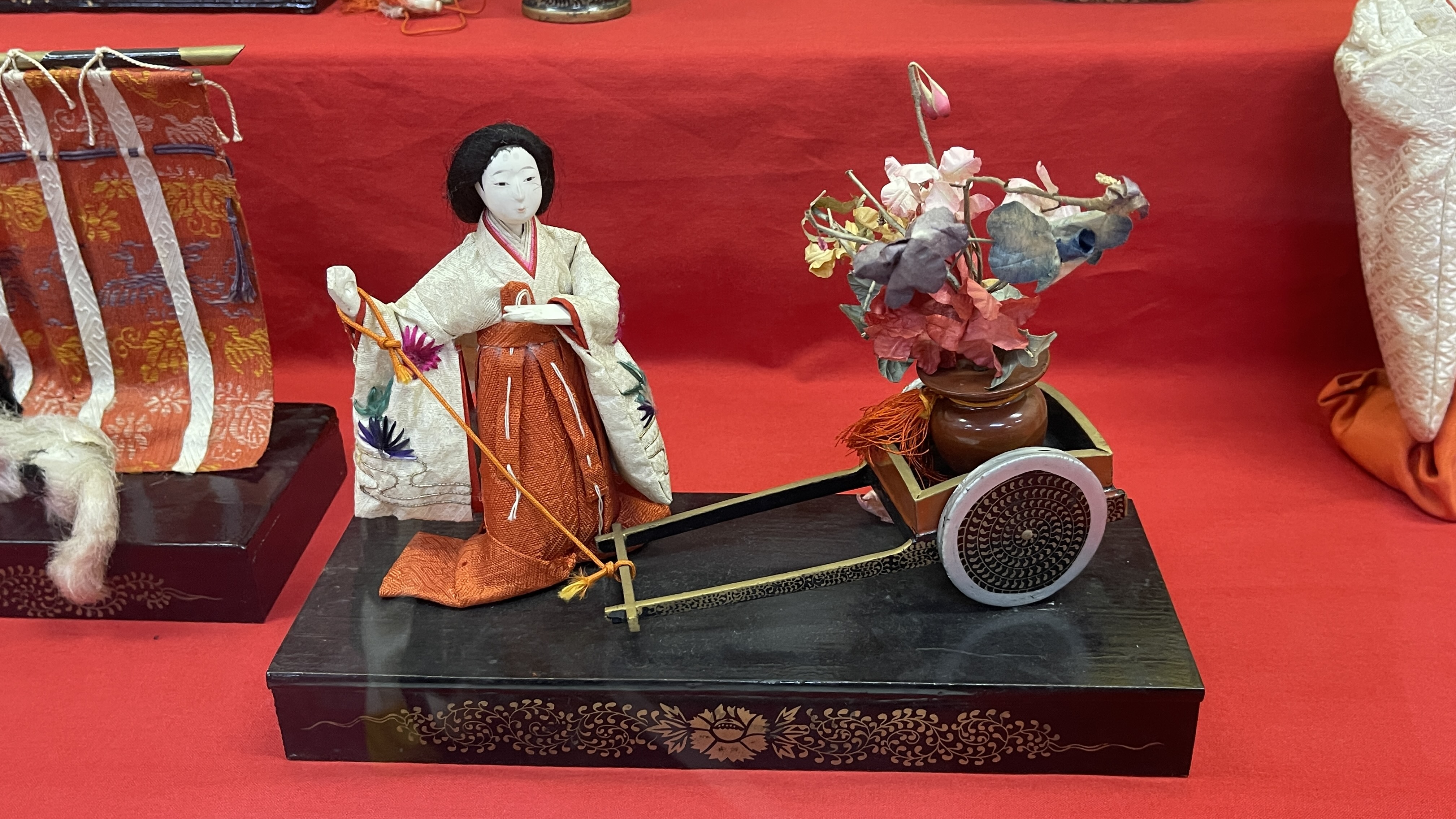
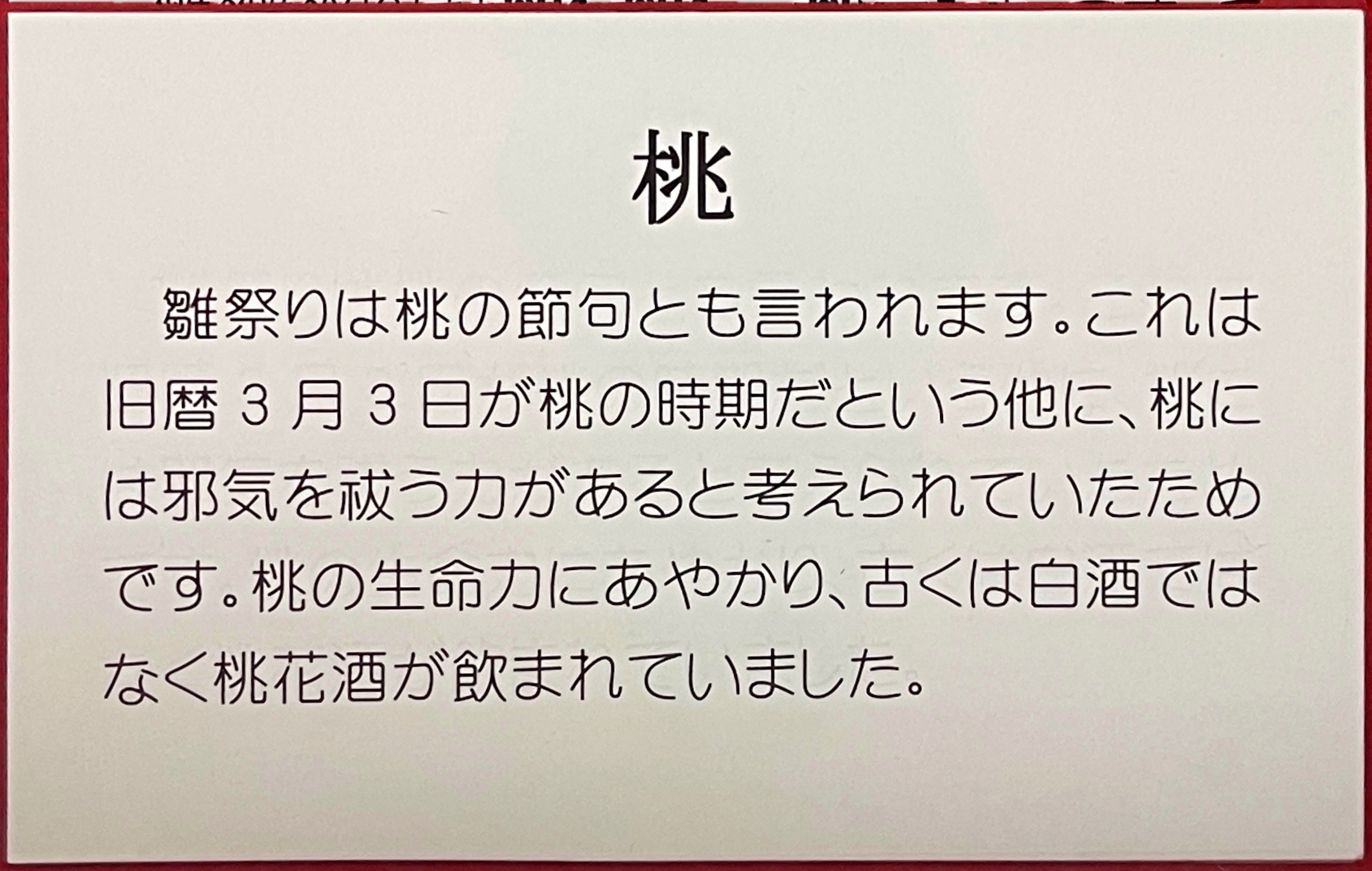
Hina Decorations.
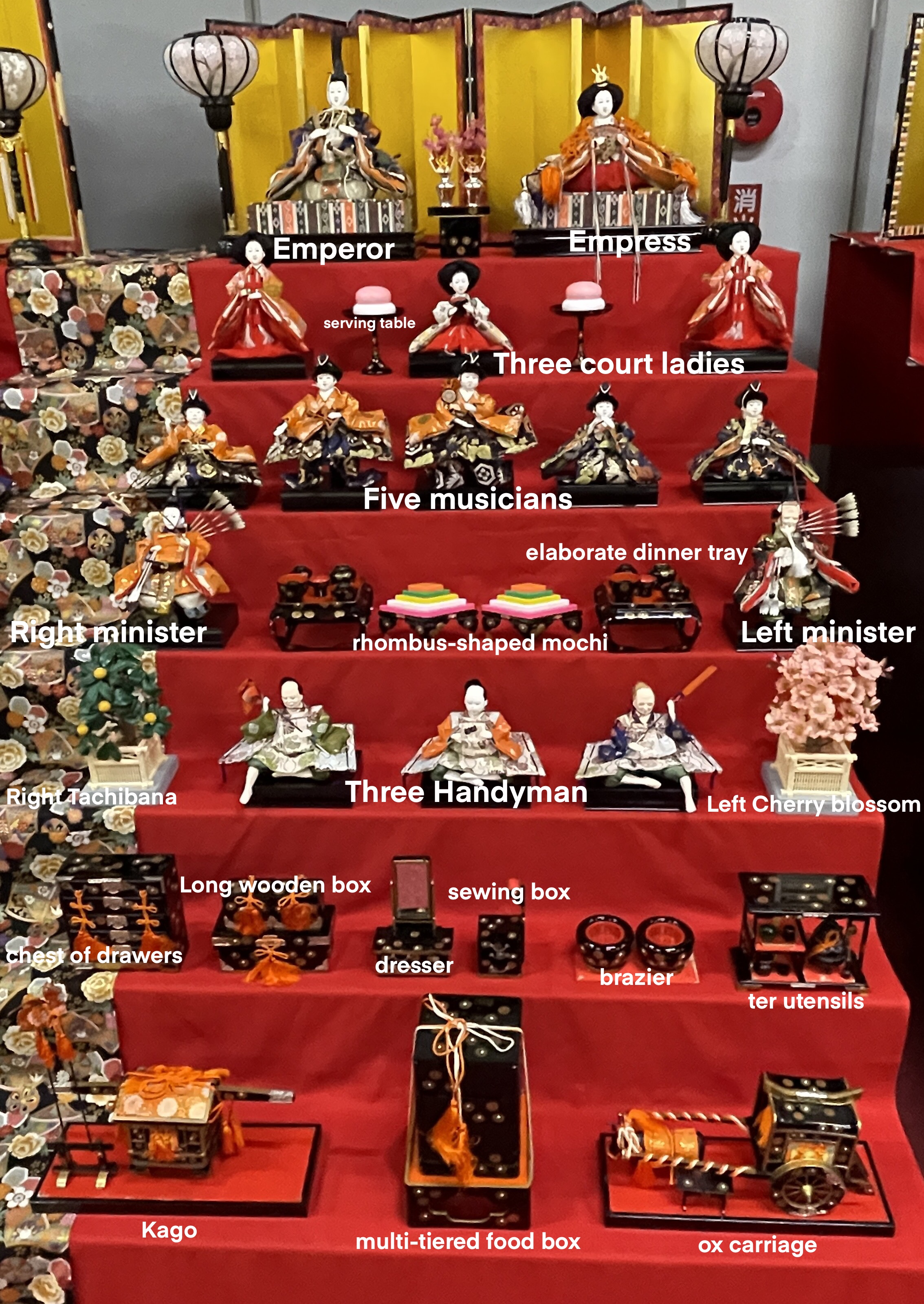
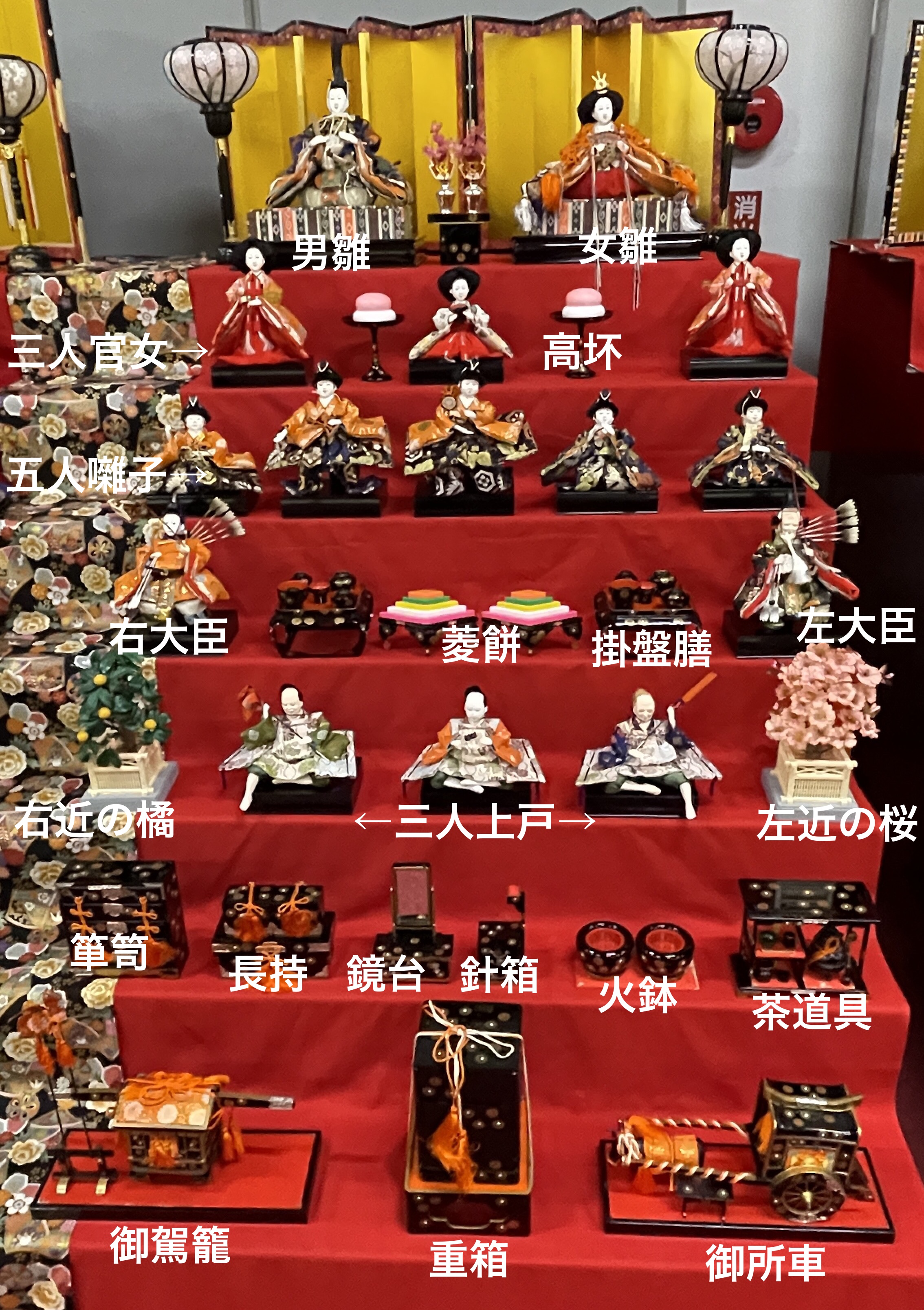
This page is based on information obtained from the museum below.
"Jhomi no Sekku" is a holiday that was created in the Heian period (794-1185) in Japan by combining an aristocratic event to exorcise evil spirits and plague with a commoner event to welcome the spirits of the rice fields before planting rice.
However, the original meaning of the event has been forgotten, and in modern times, Hina decorations are still set up to bless the girls.
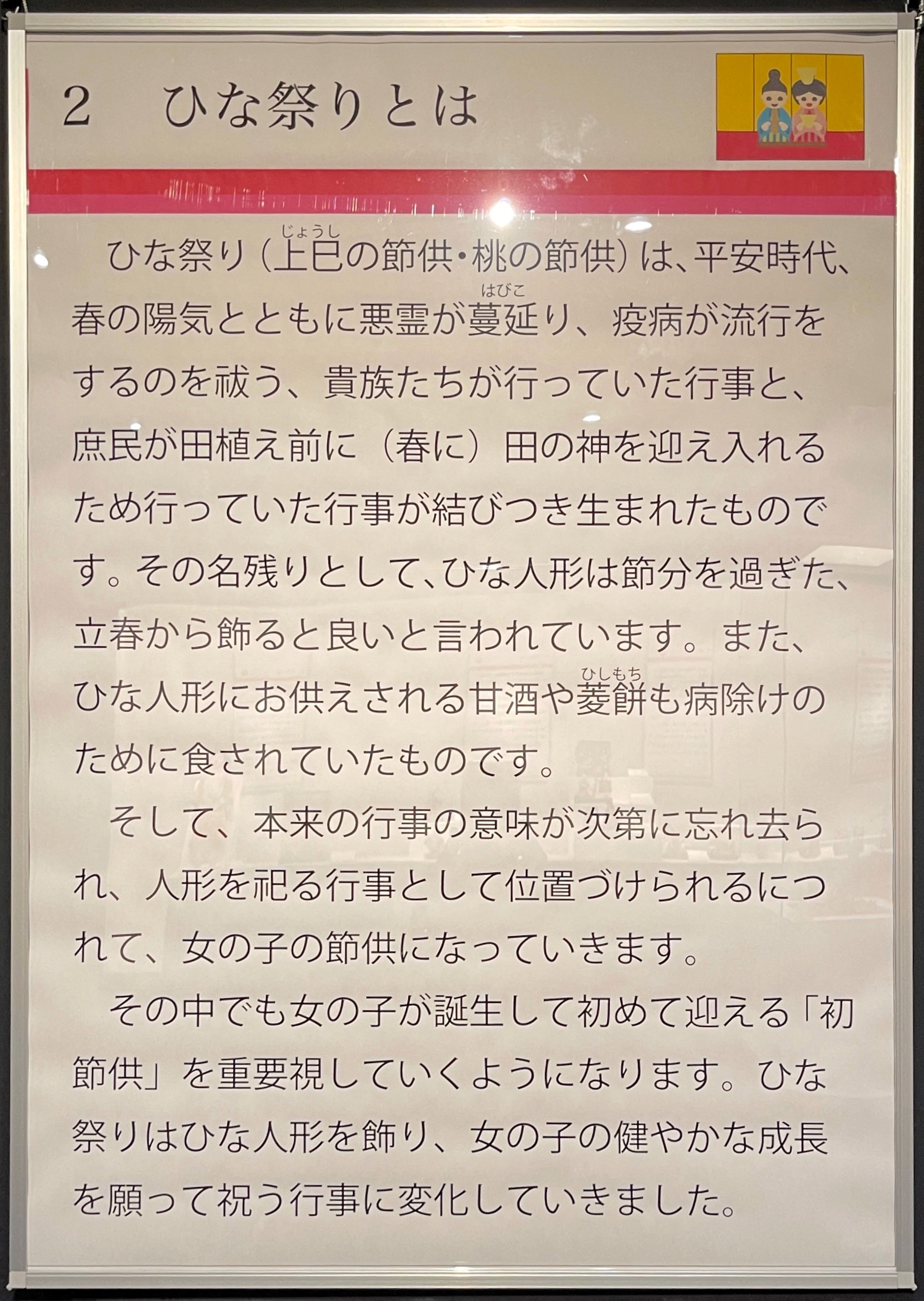
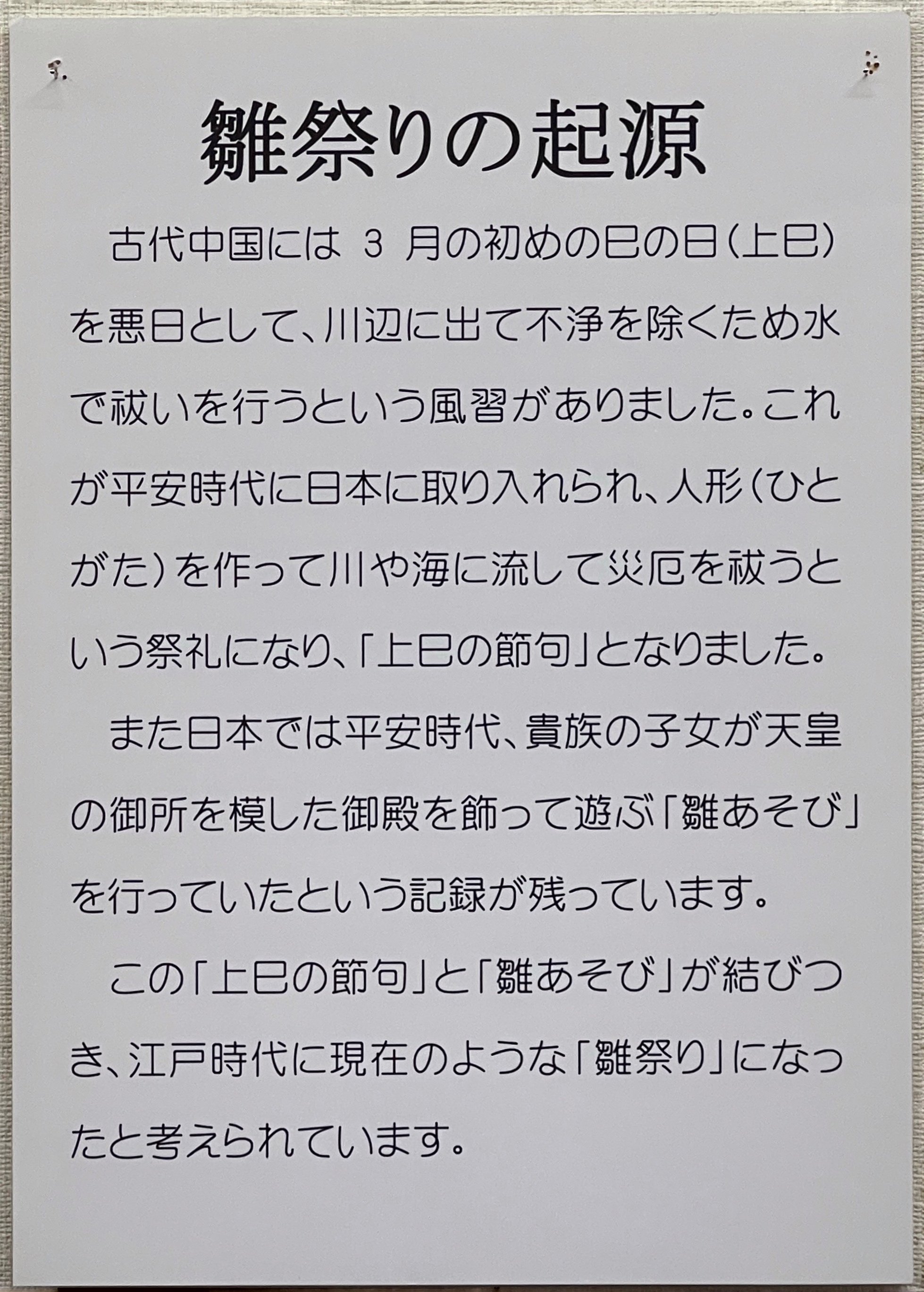
There are two origins of Hina dolls.
One is the "Hitogata", or magic dolls of the Heian period.
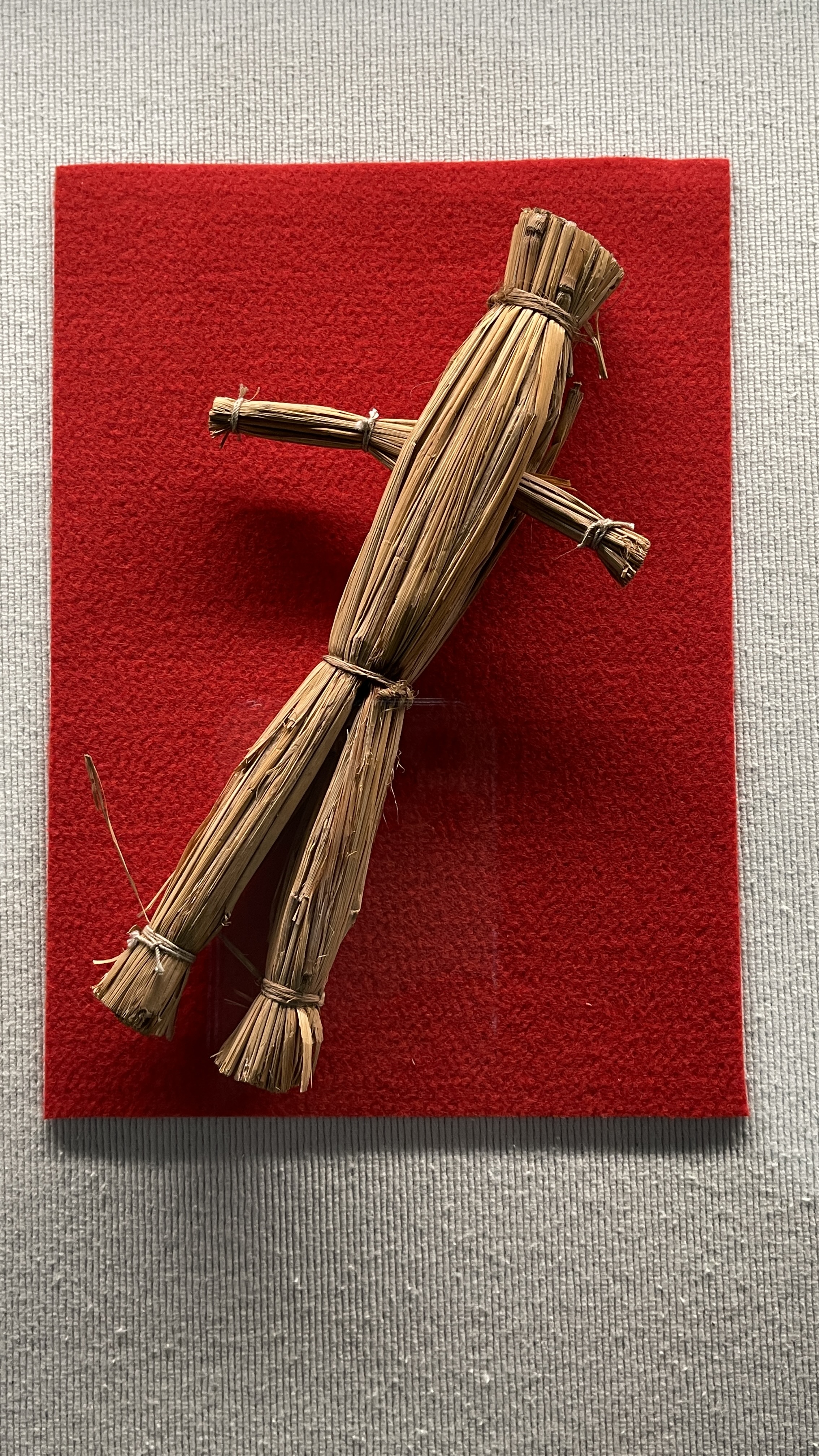
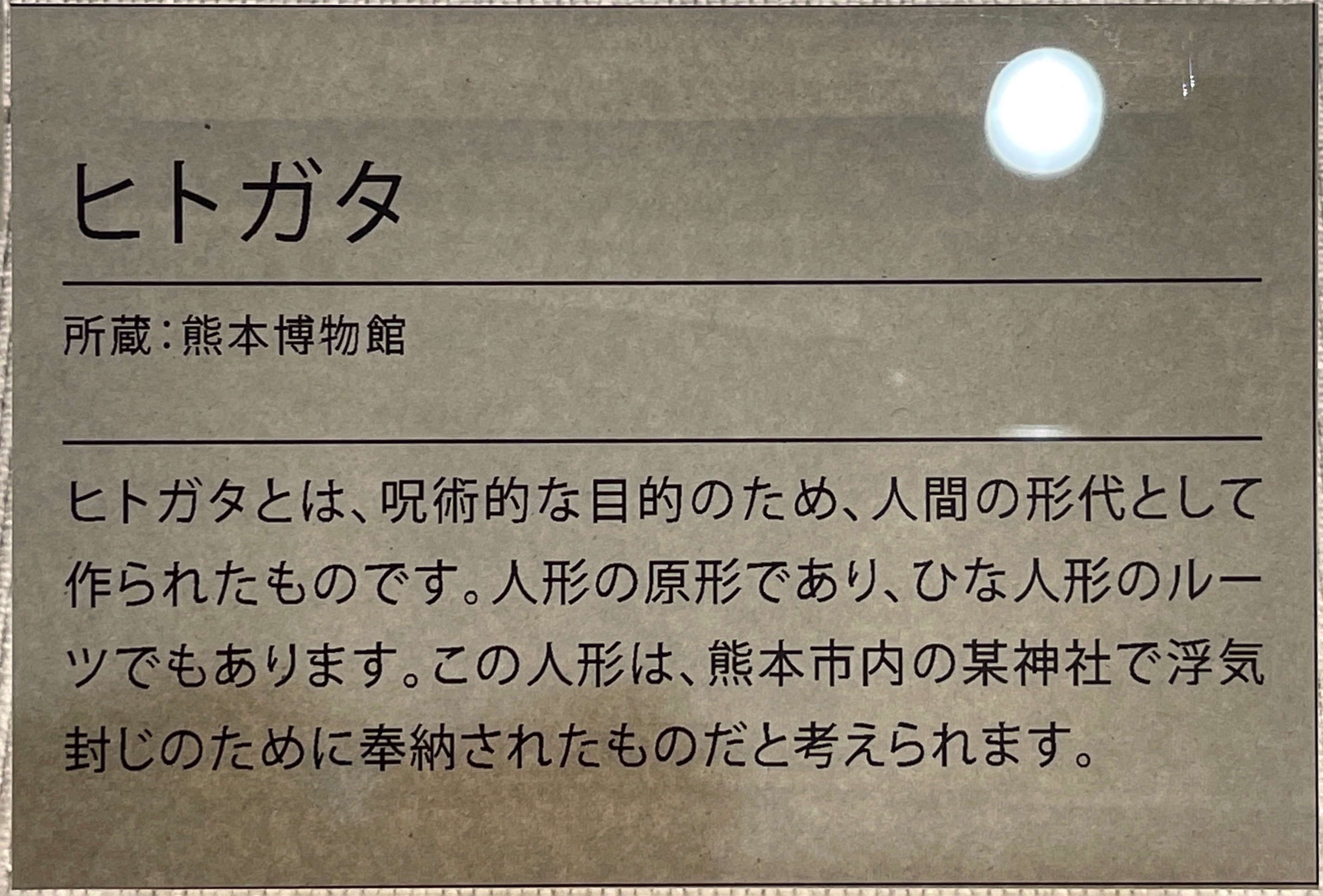
The other is a doll for infants to play with.
It is said that these two types of dolls were combined to become Hina dolls.
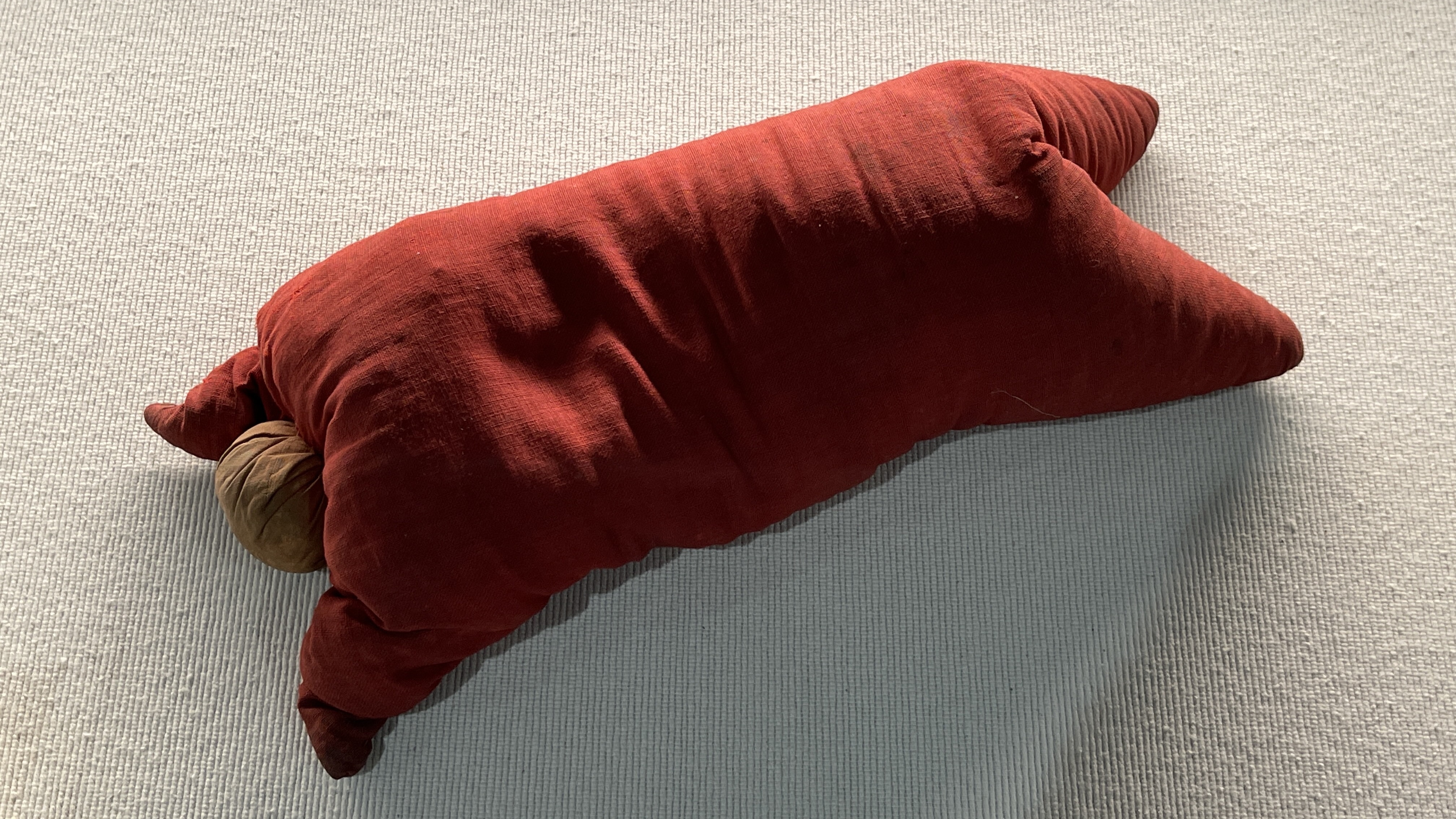

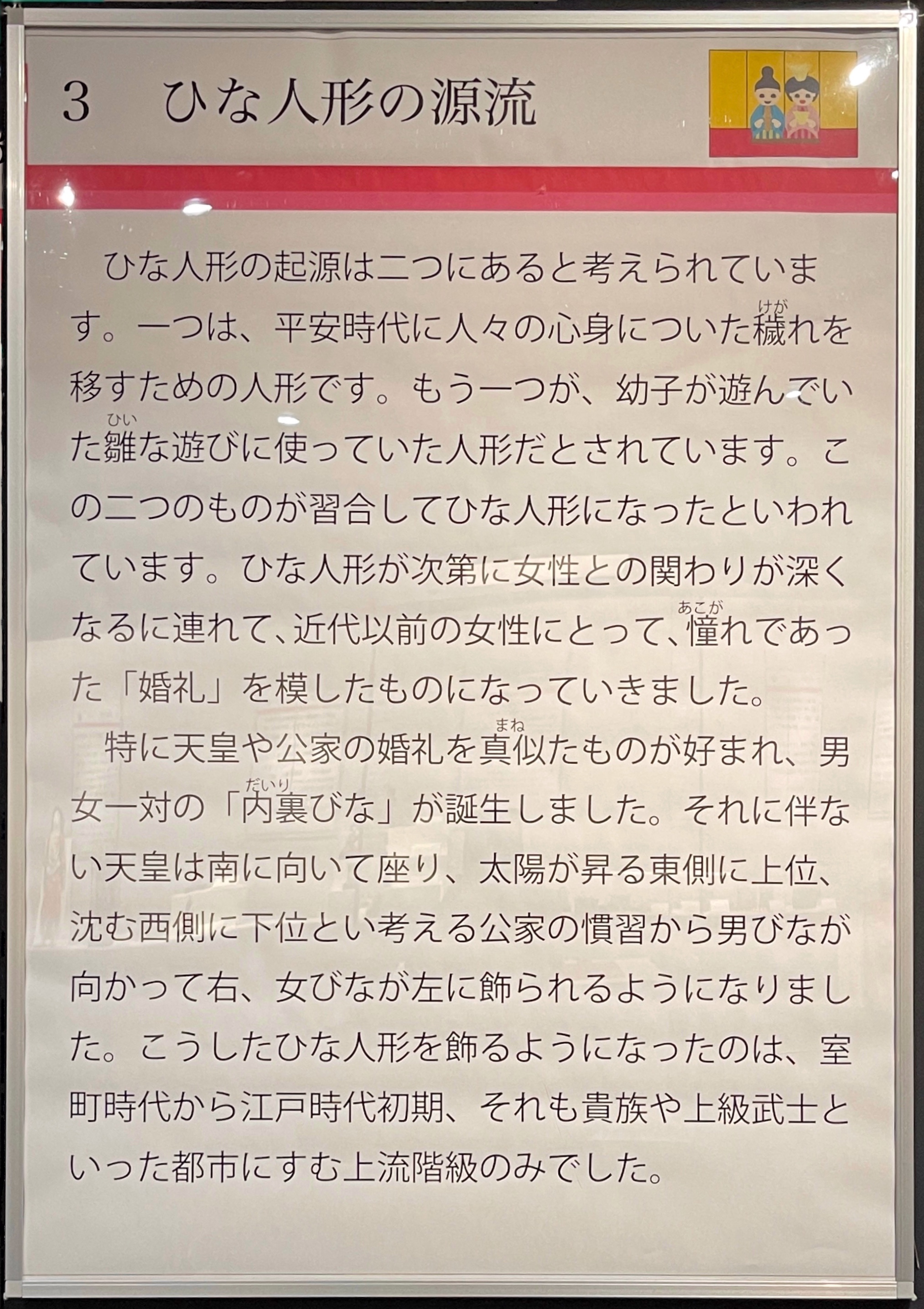
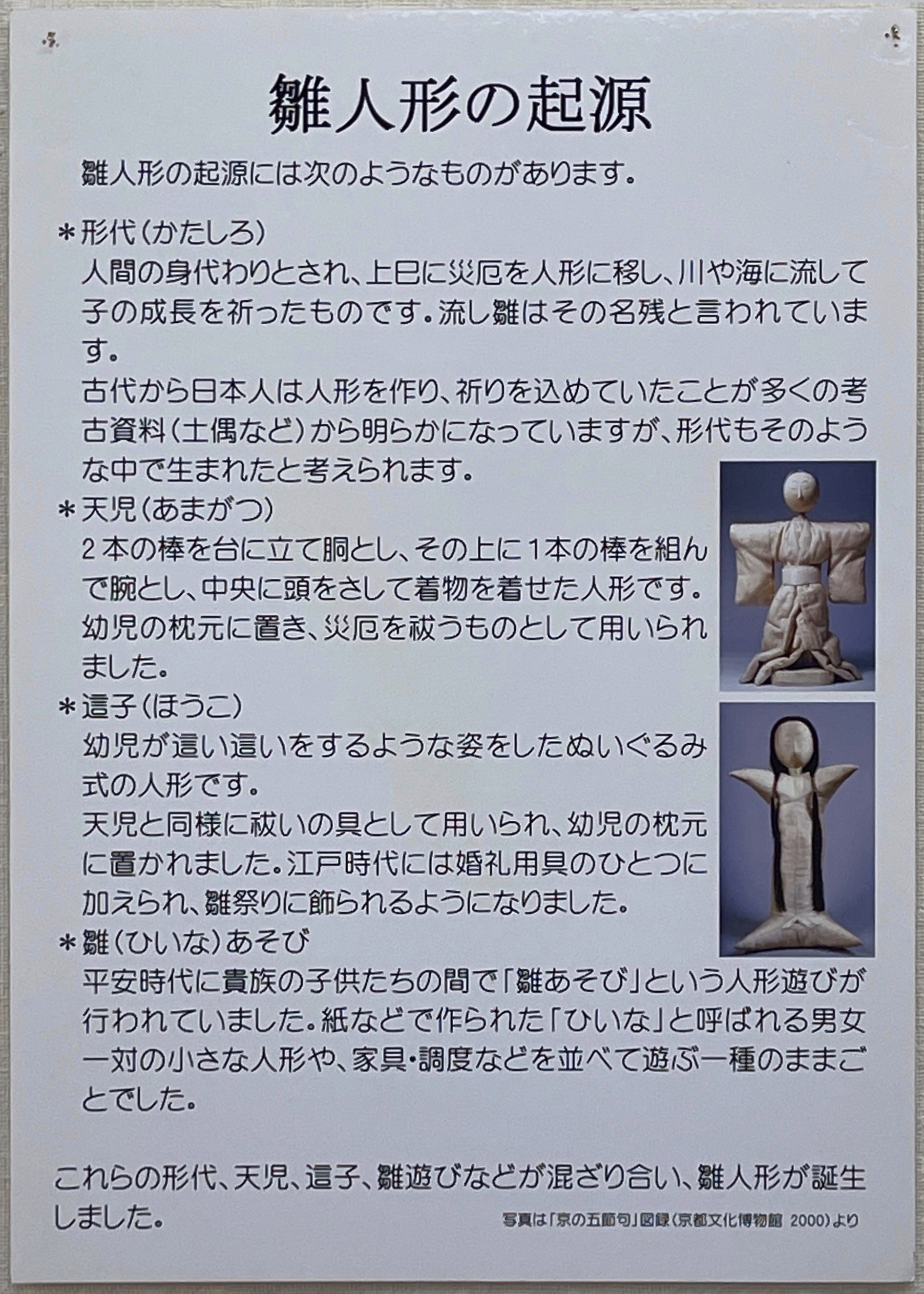
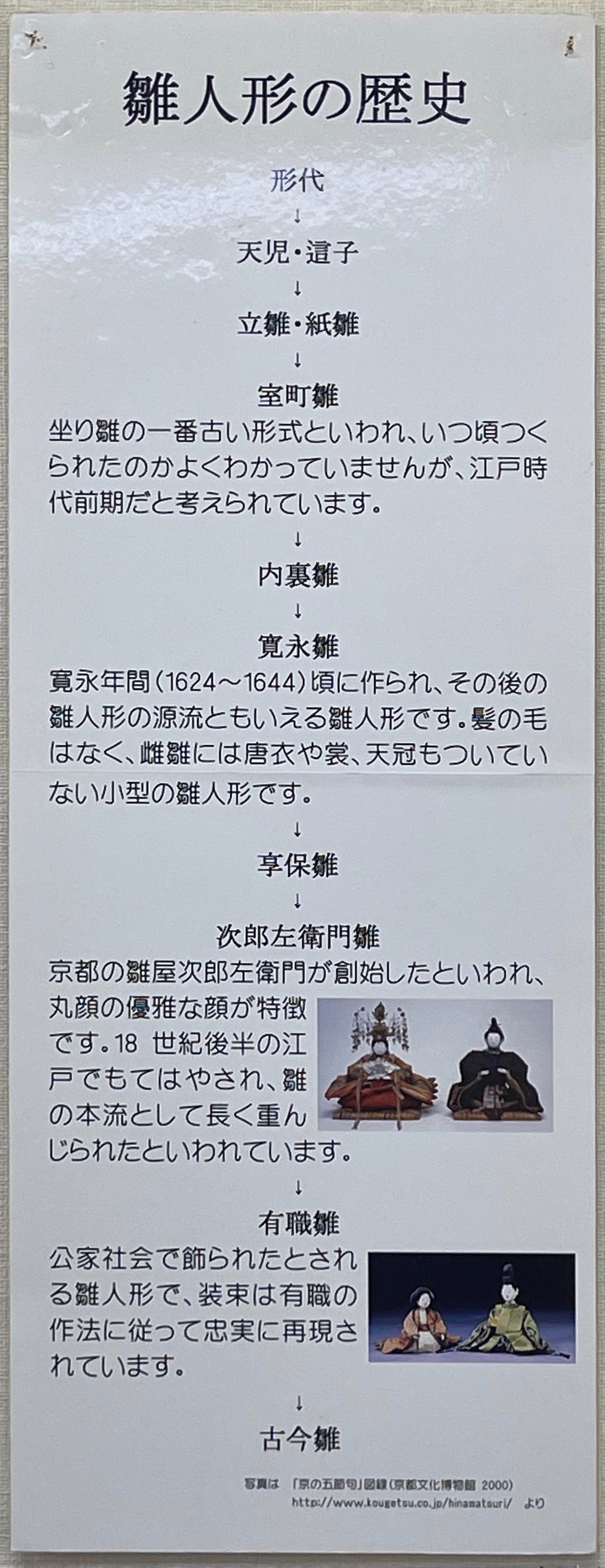
History of Hina Decorations
The basic Hina decoration is the Shinno-decoration (Dairi-hina).
Shinno-decoration is a simple way to decorate only male and female dolls.
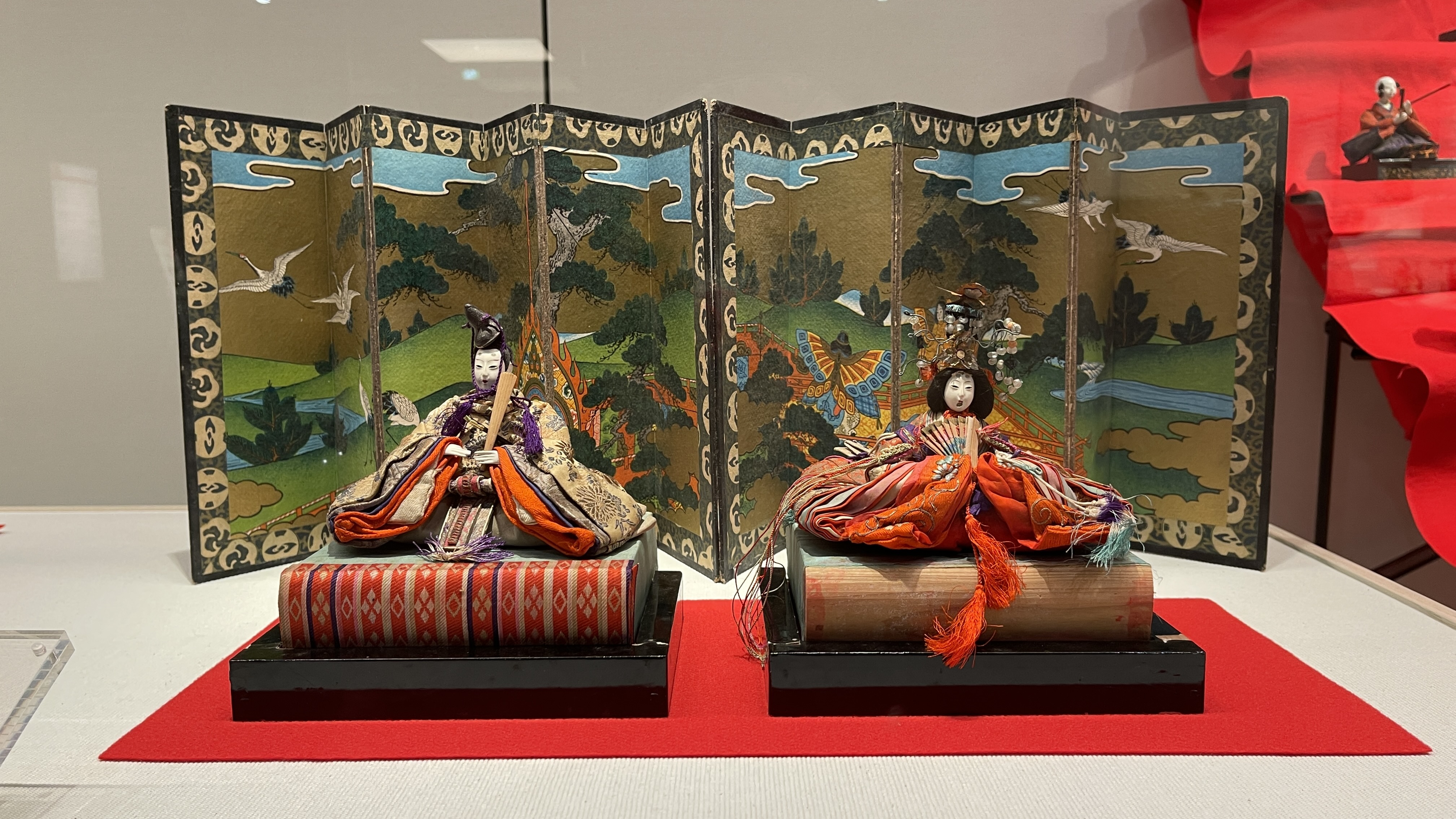
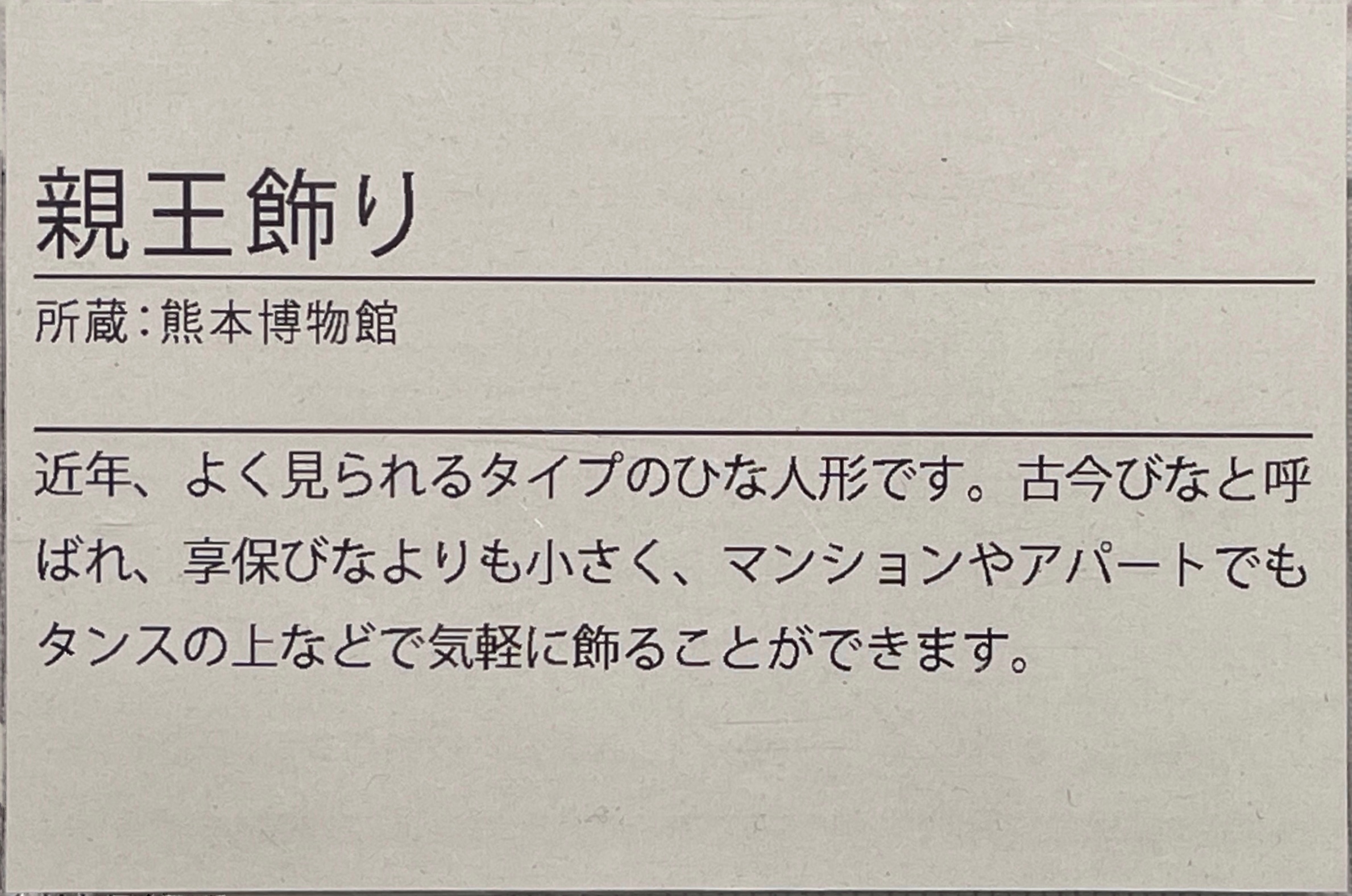
There were Shinno-decorations made of paper and ceramics. There were also a variety of dolls in standing and sitting positions.
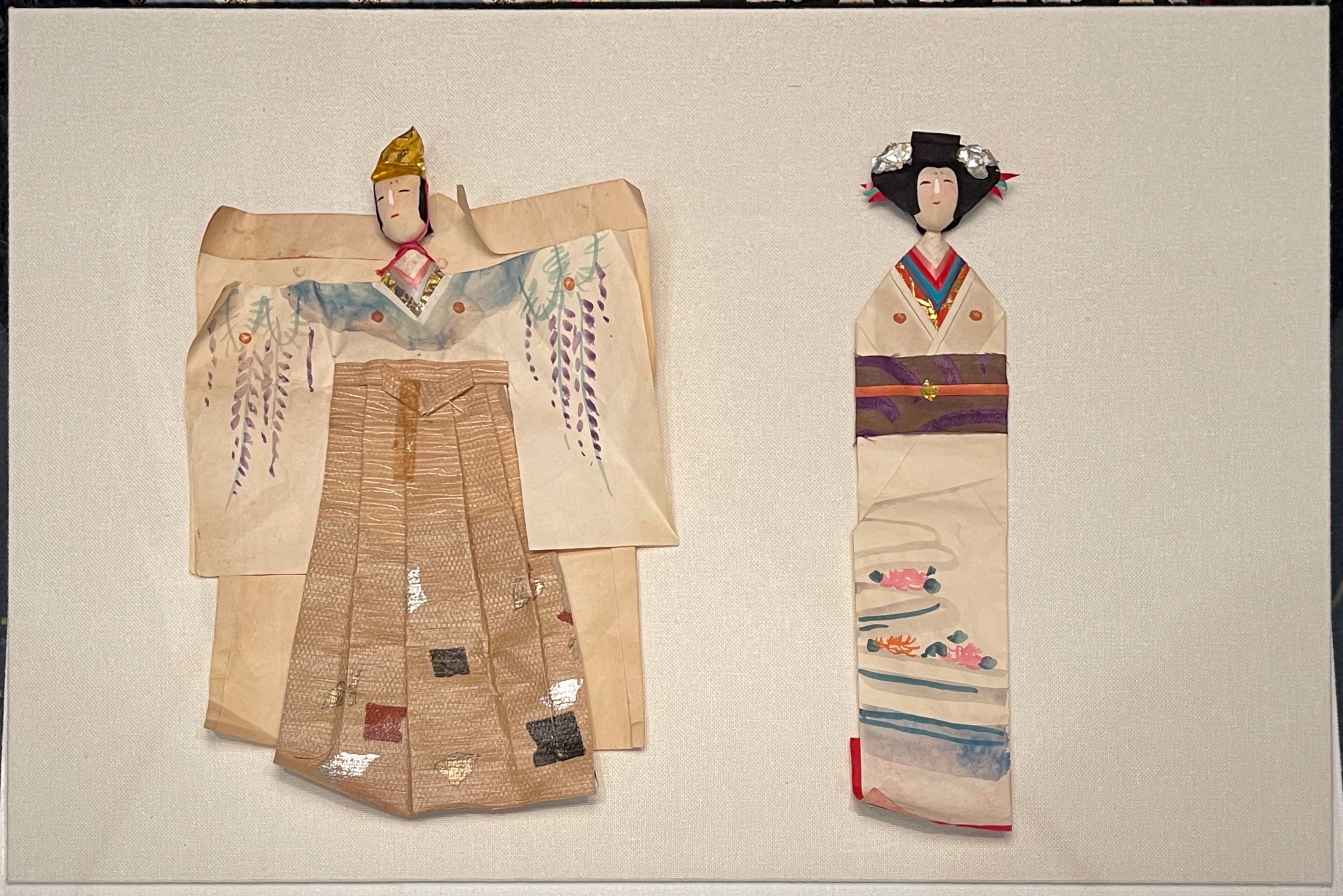
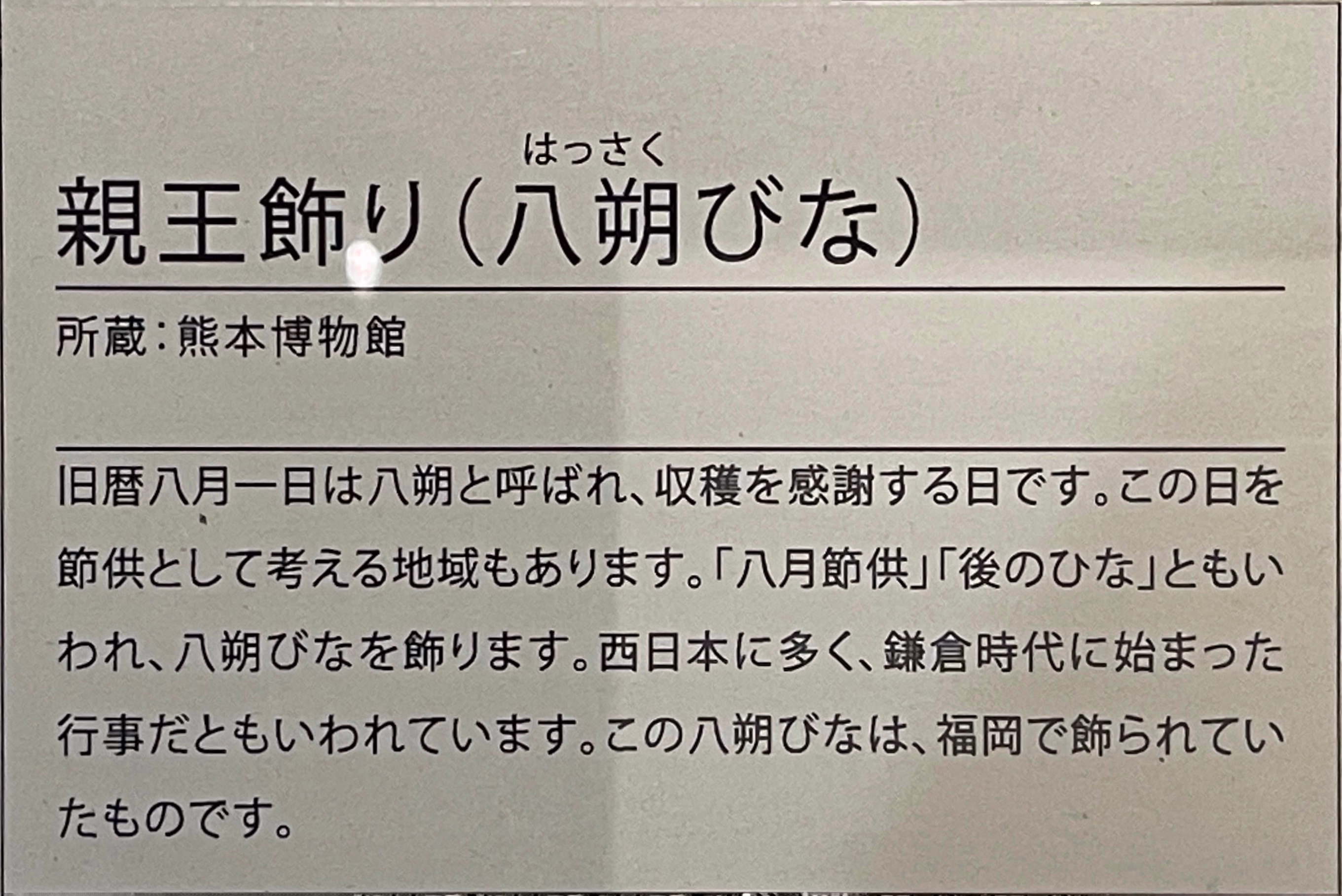
The hanging scroll hina can be displayed in a space-saving manner and is available at a low price.
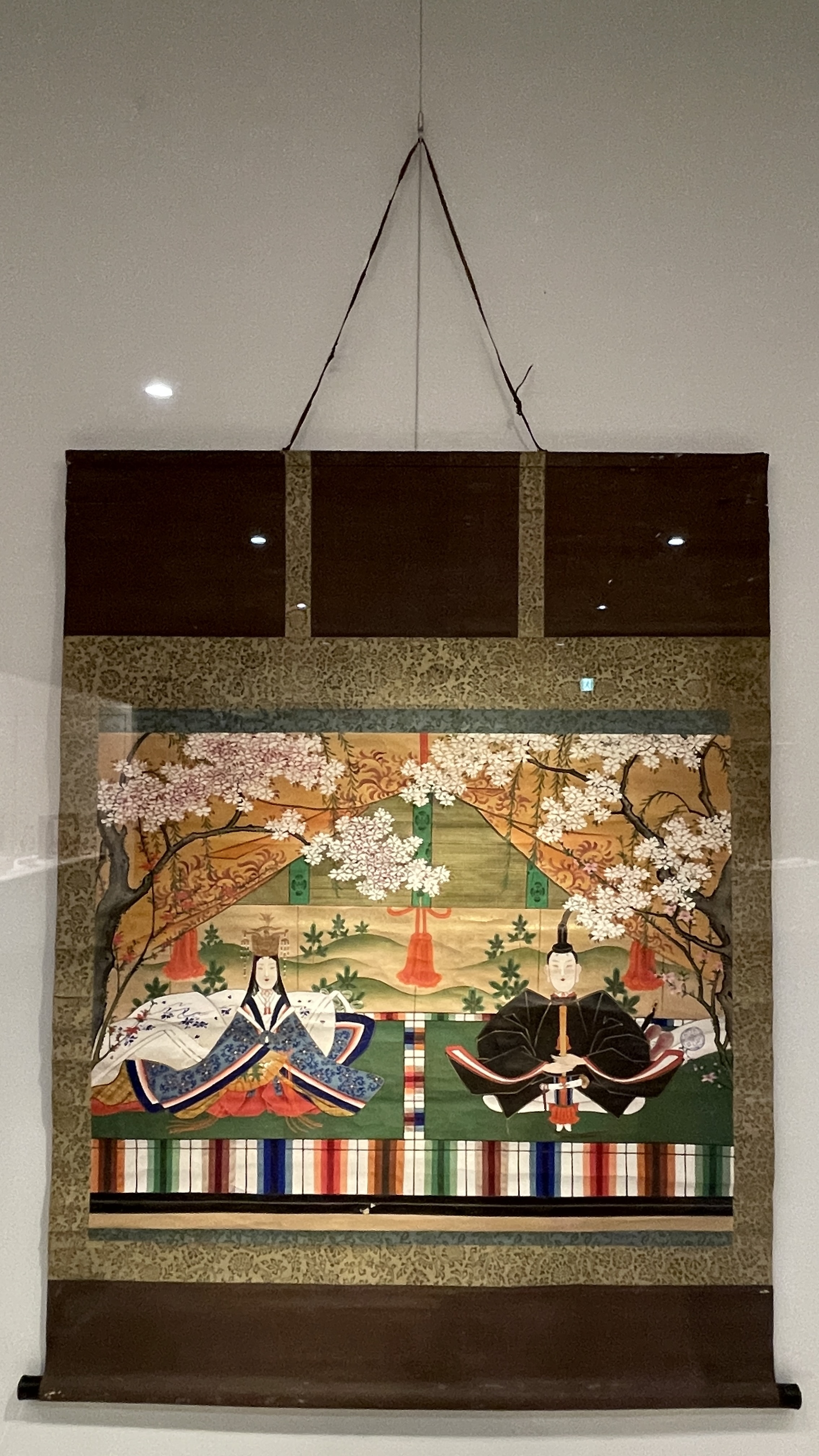
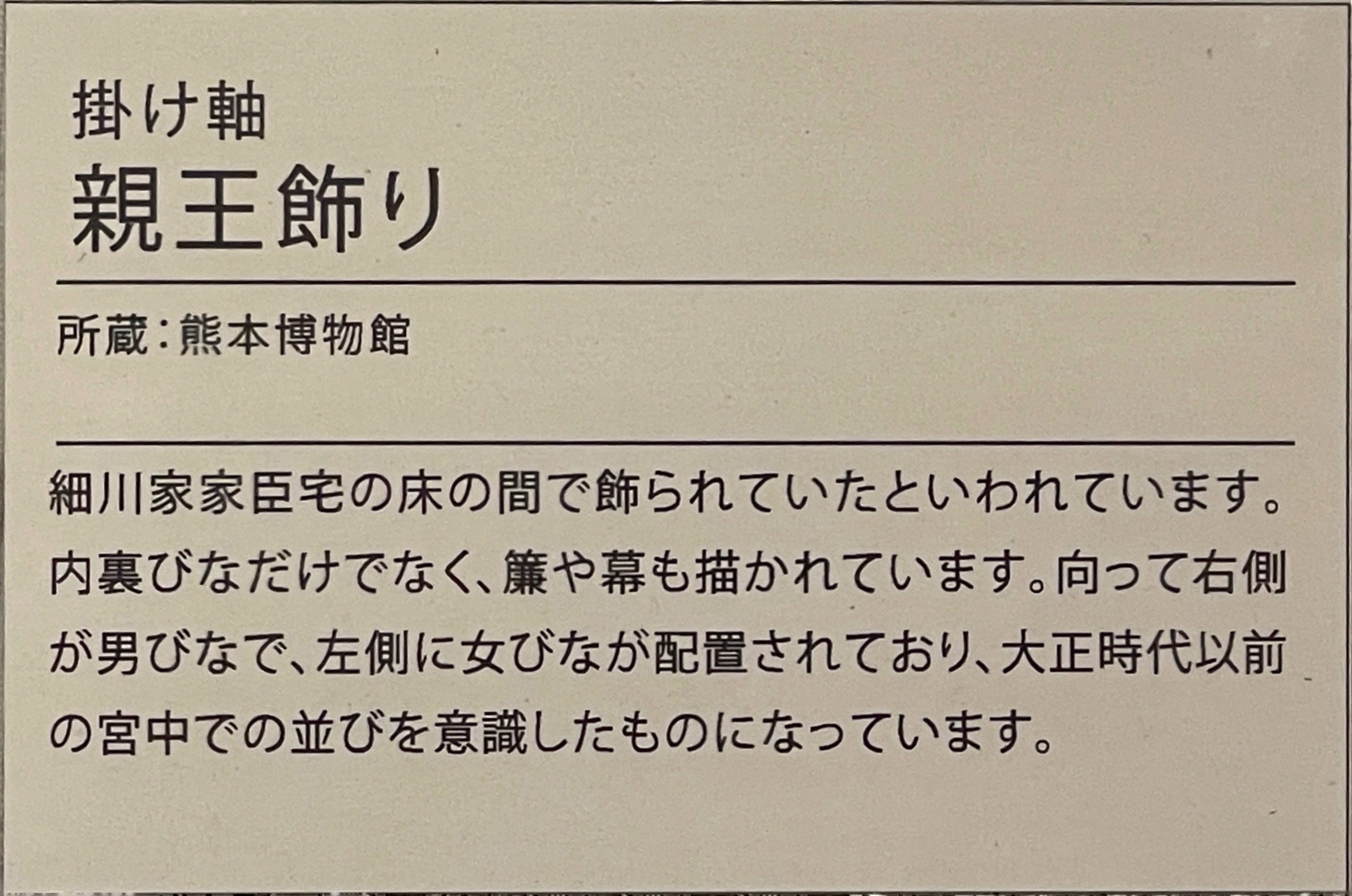
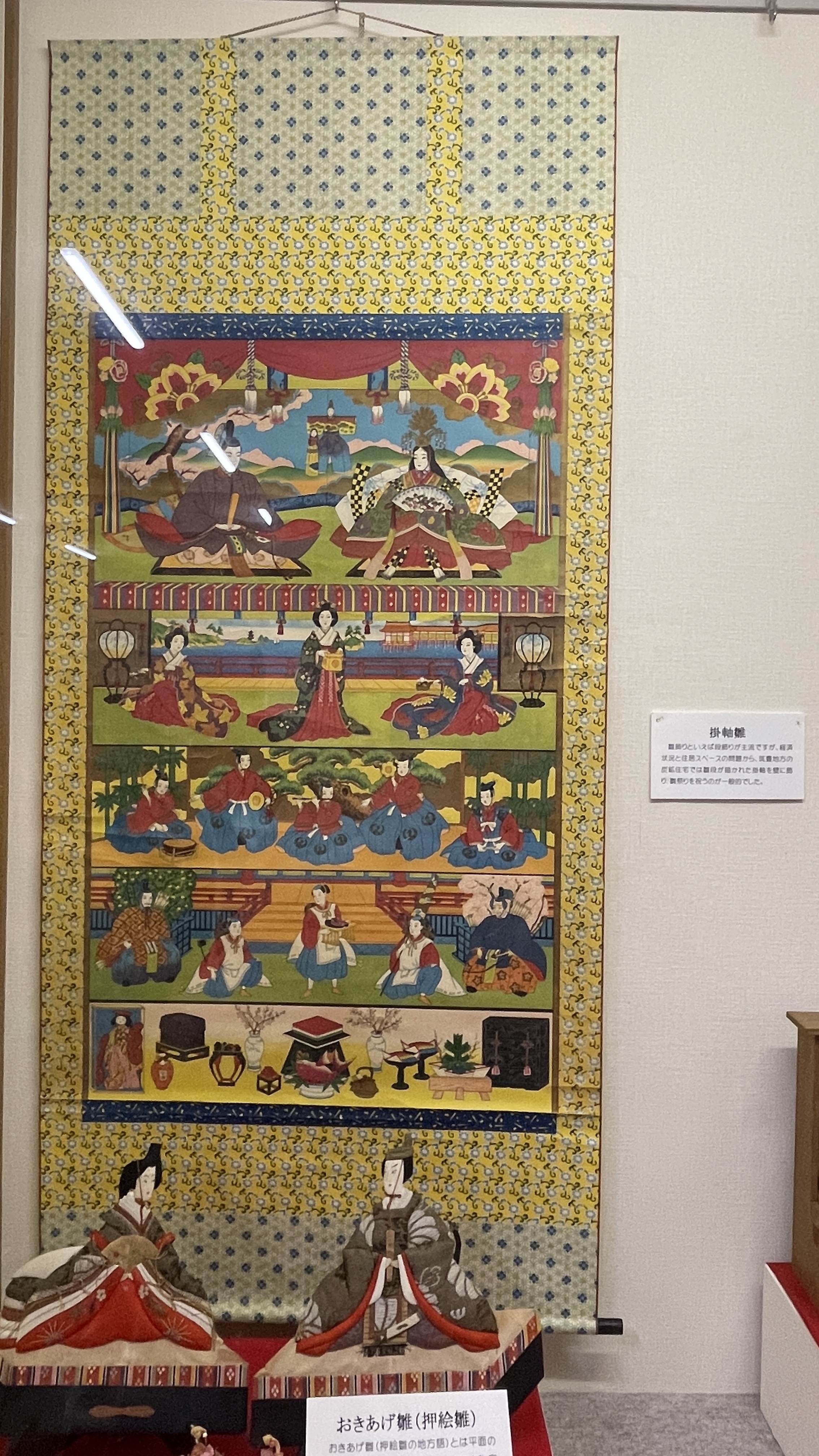
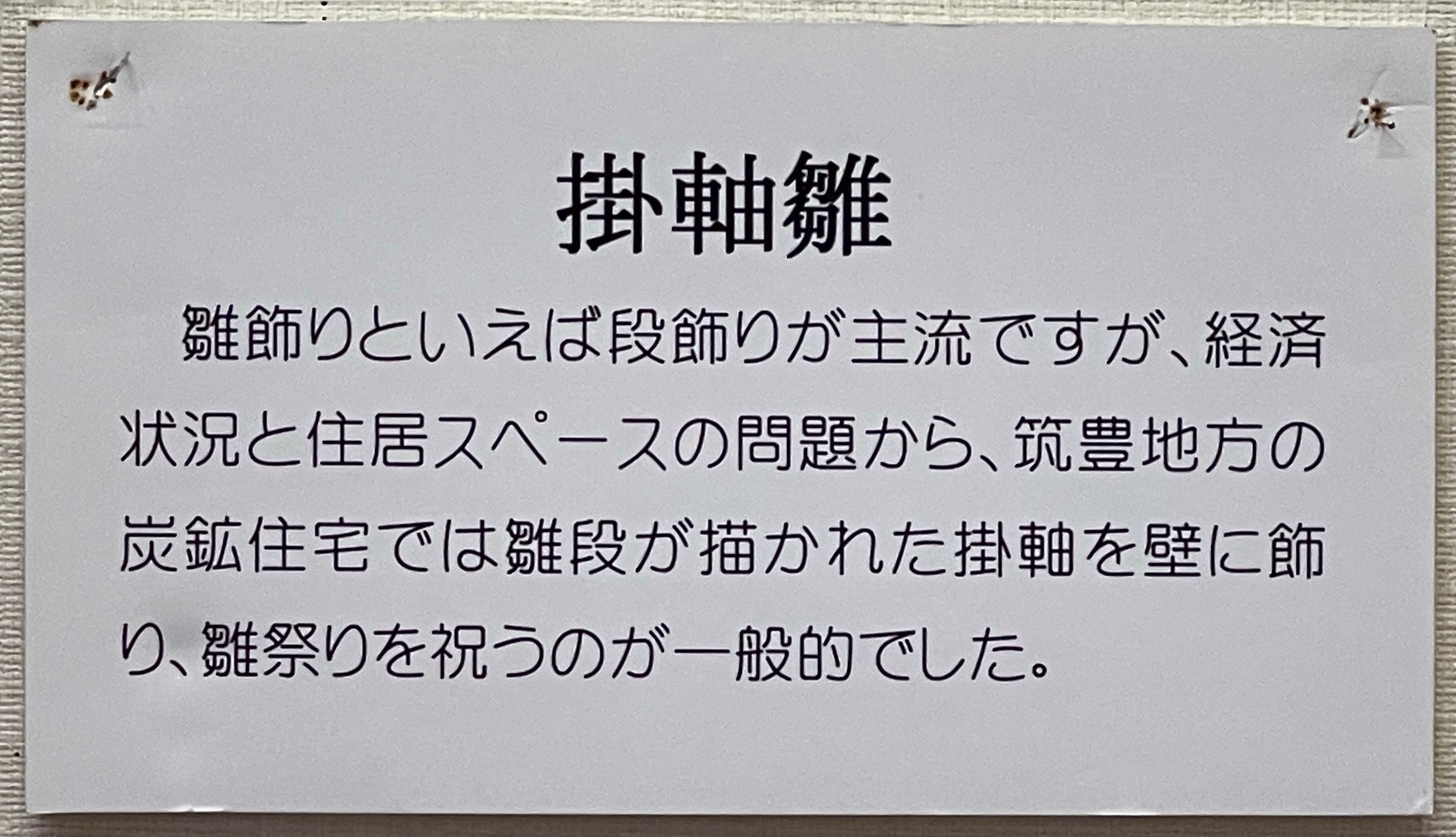
The hanging scroll hina can be displayed in a space-saving manner and is available at a low price.
okiage-hina (oshie-hina) can also be displayed in a space-saving manner and is available at a low price.
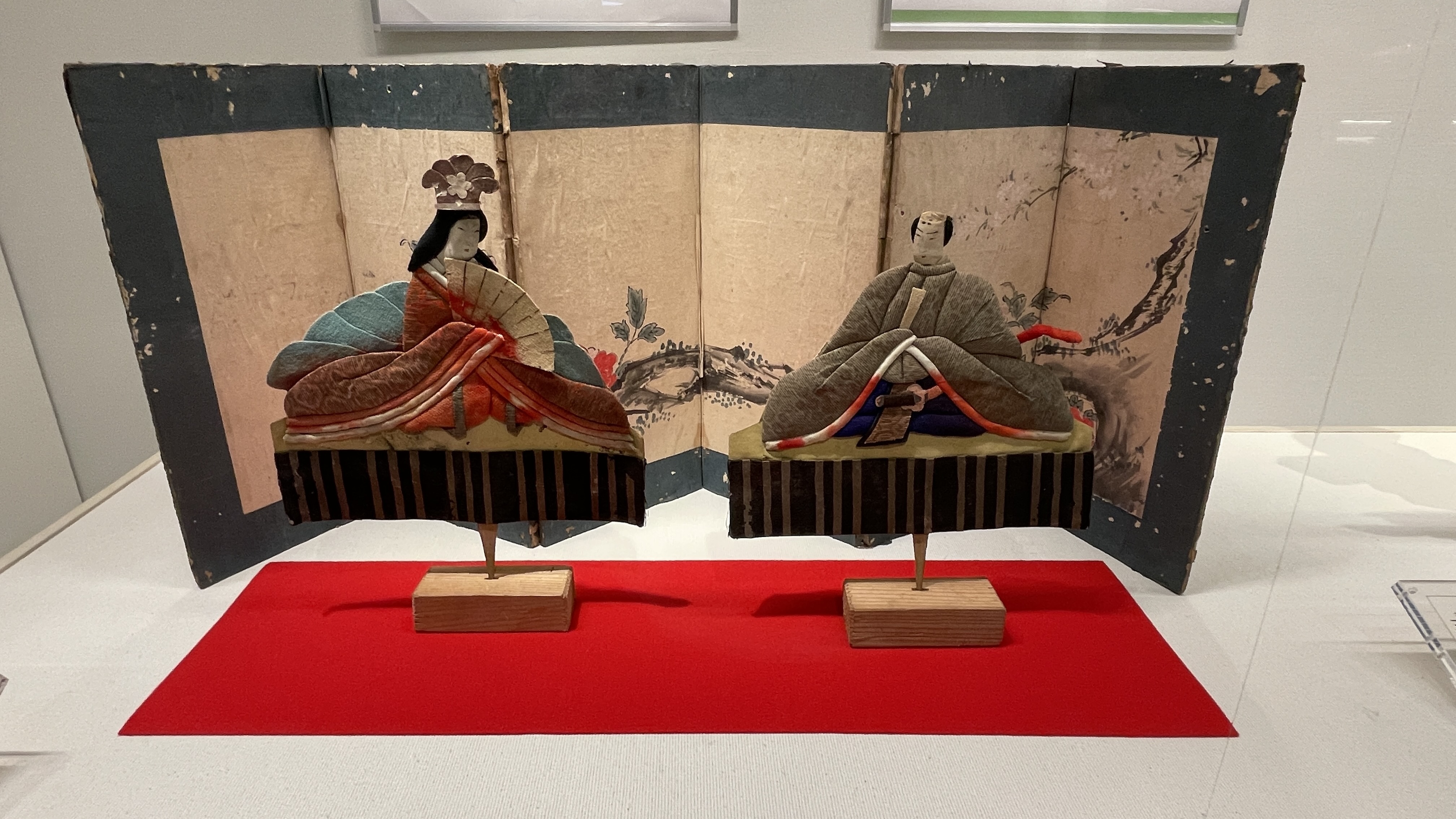
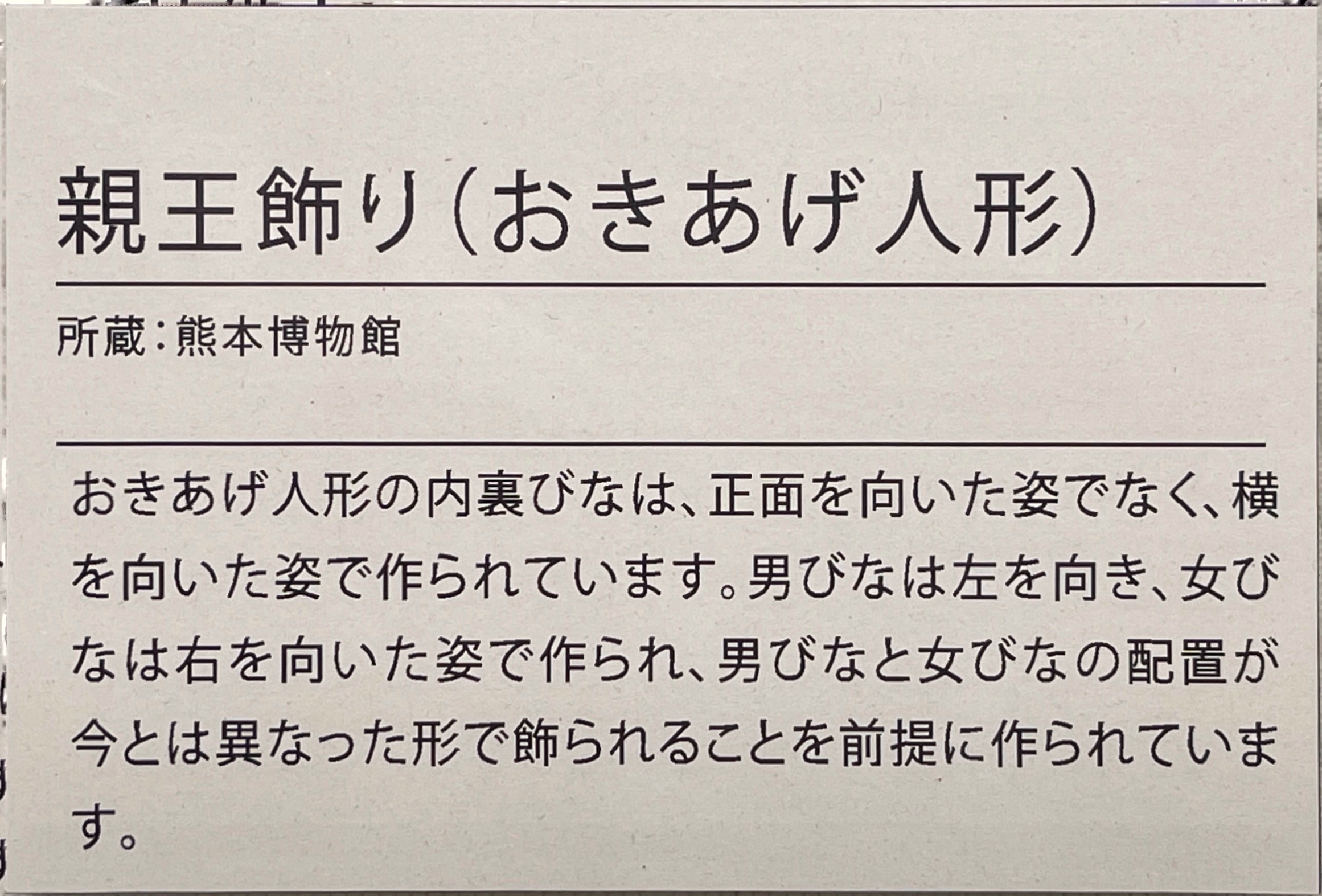
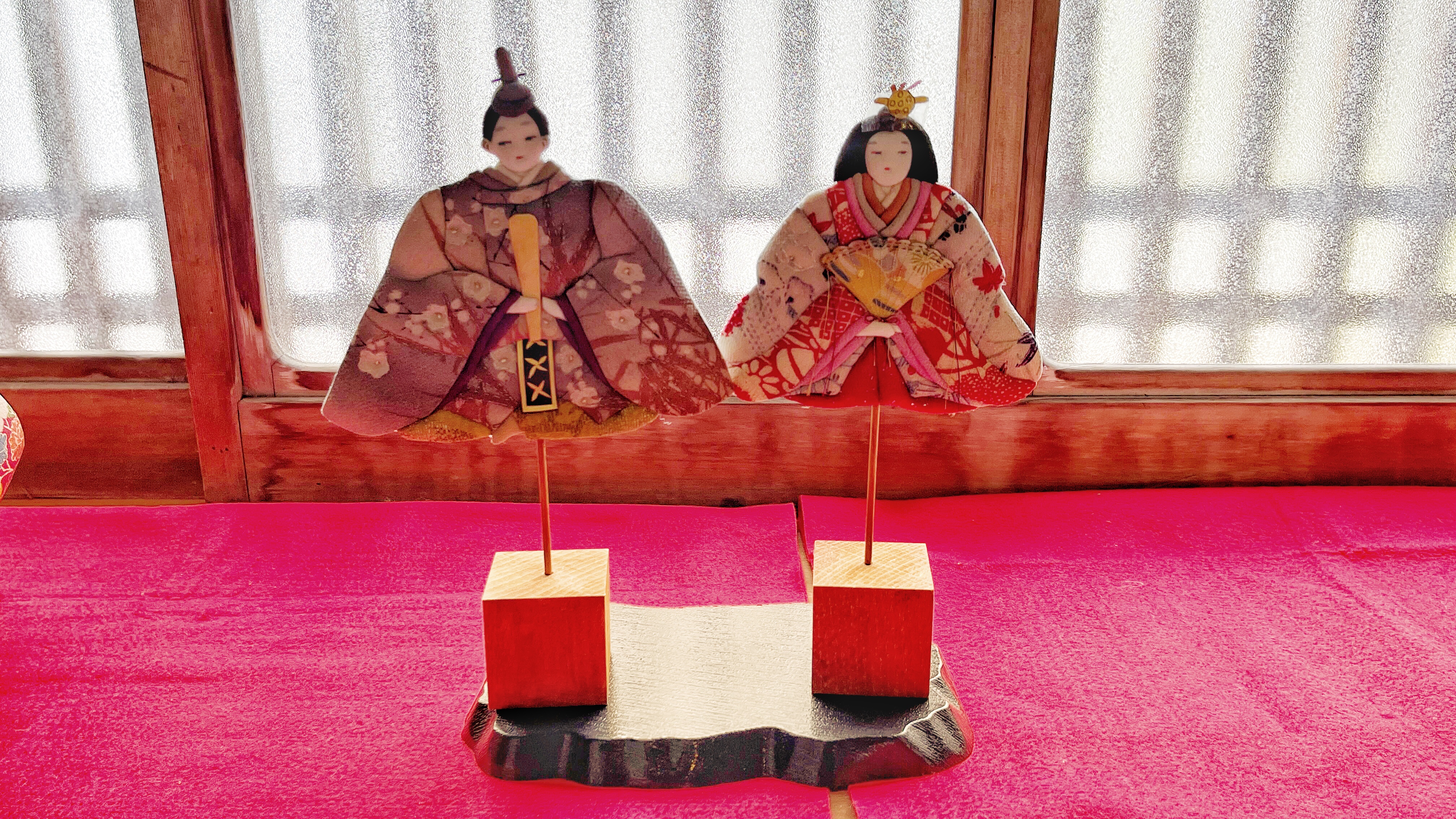
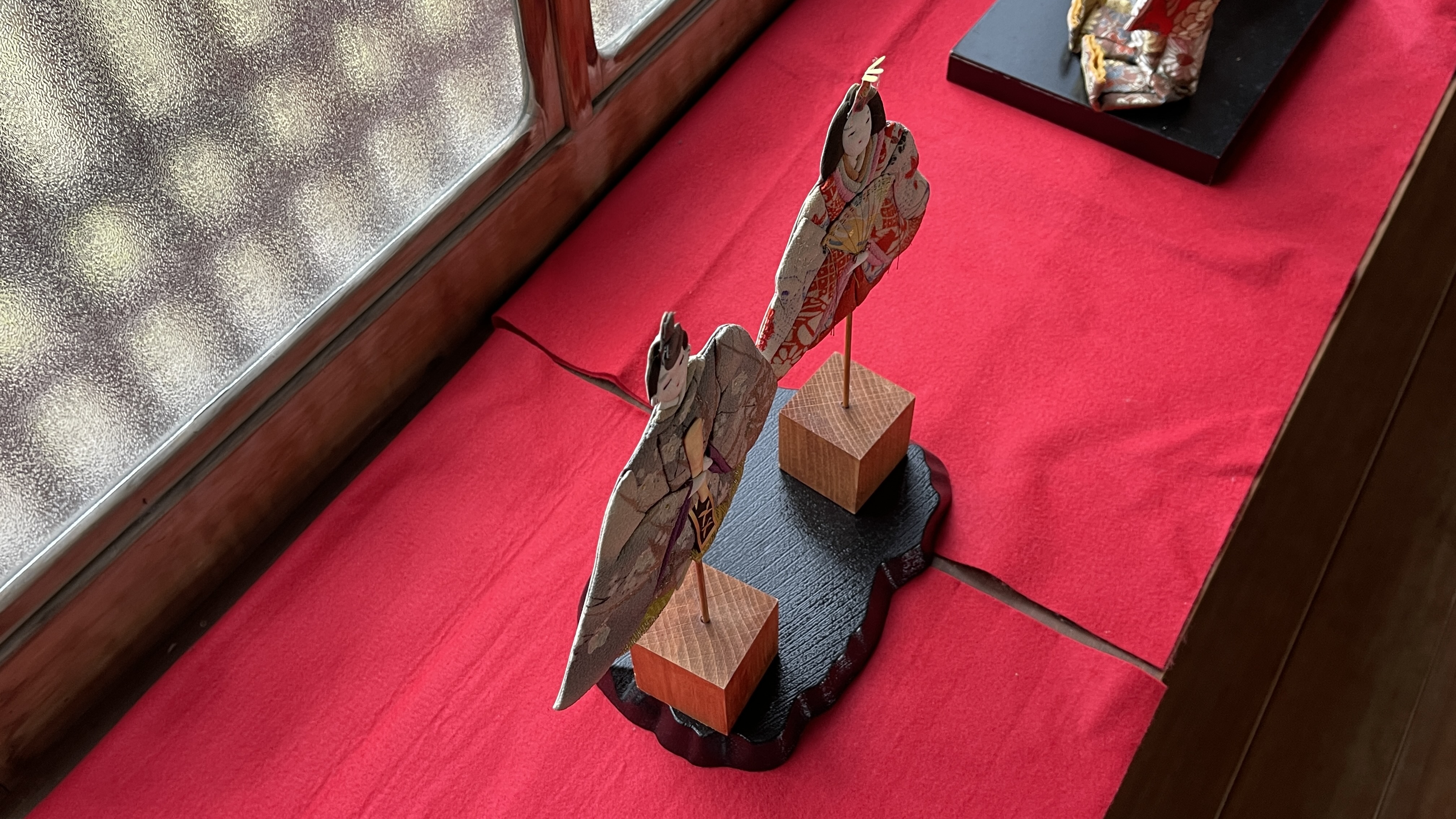
Clay-dolls is an ancient Japanese traditional craft doll.
After molding the clay, bake it on low heat.
The Clay-dolls is the one that colored the baked doll.
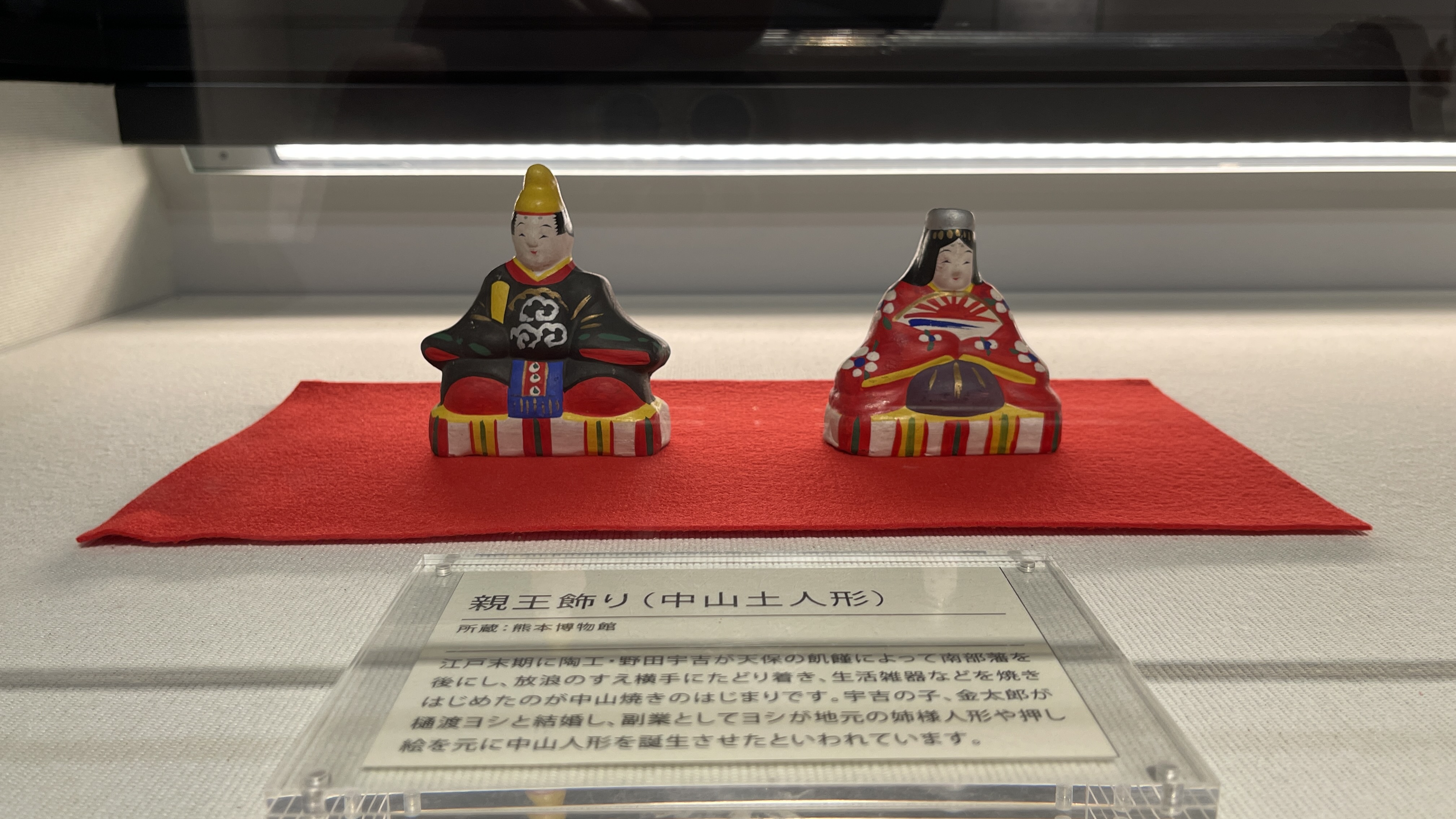
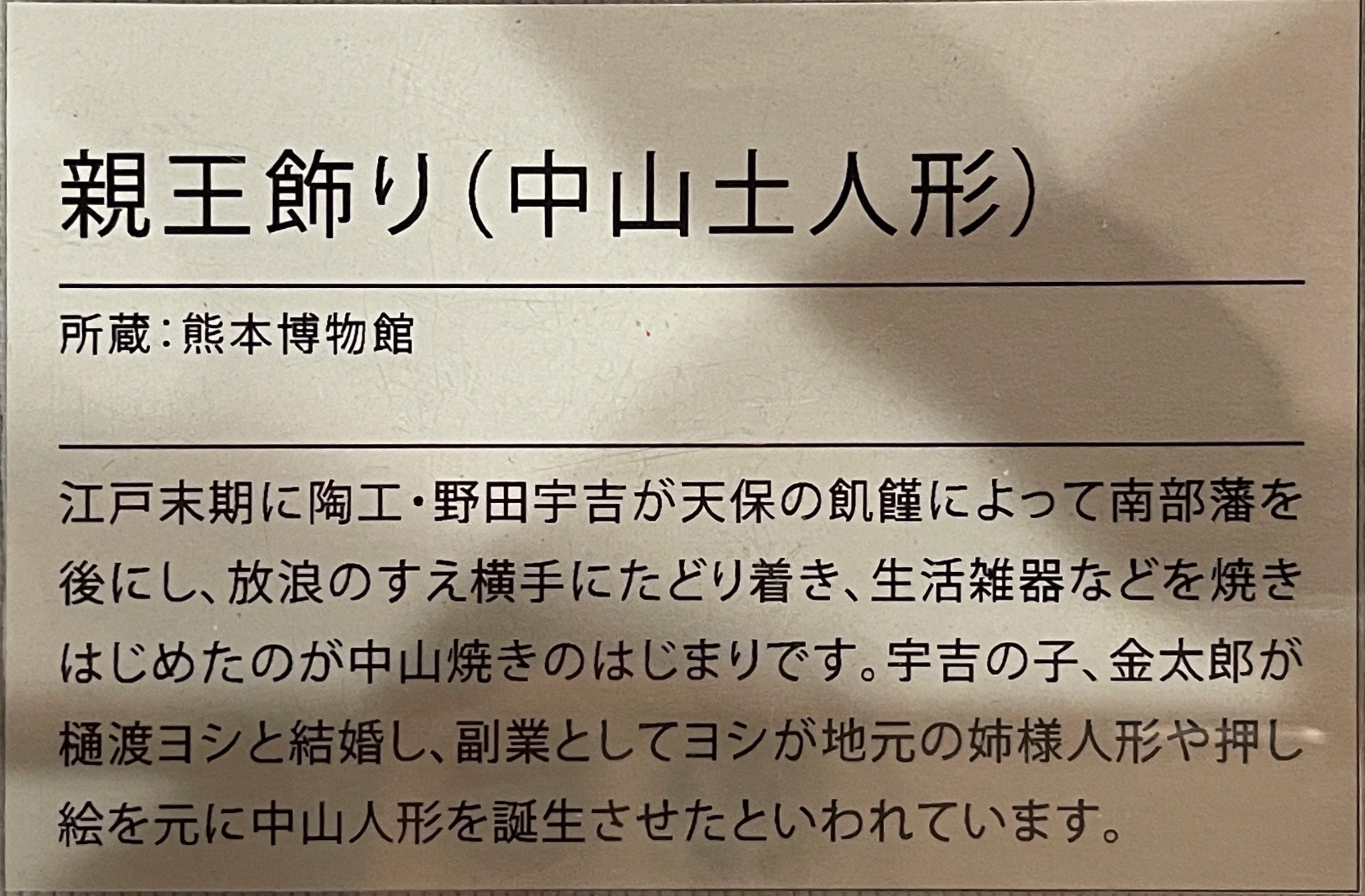
This is a standing hina-doll.
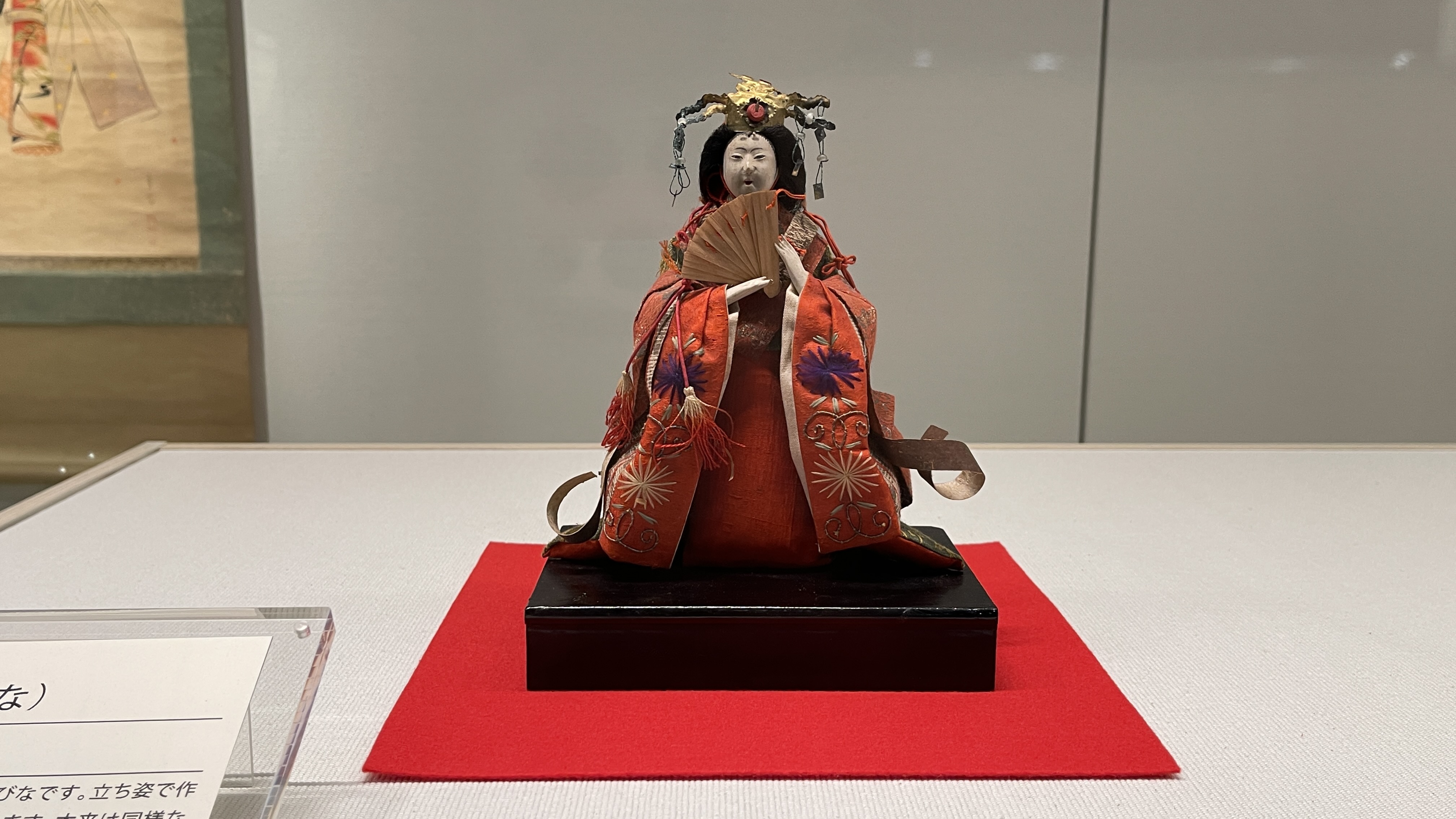
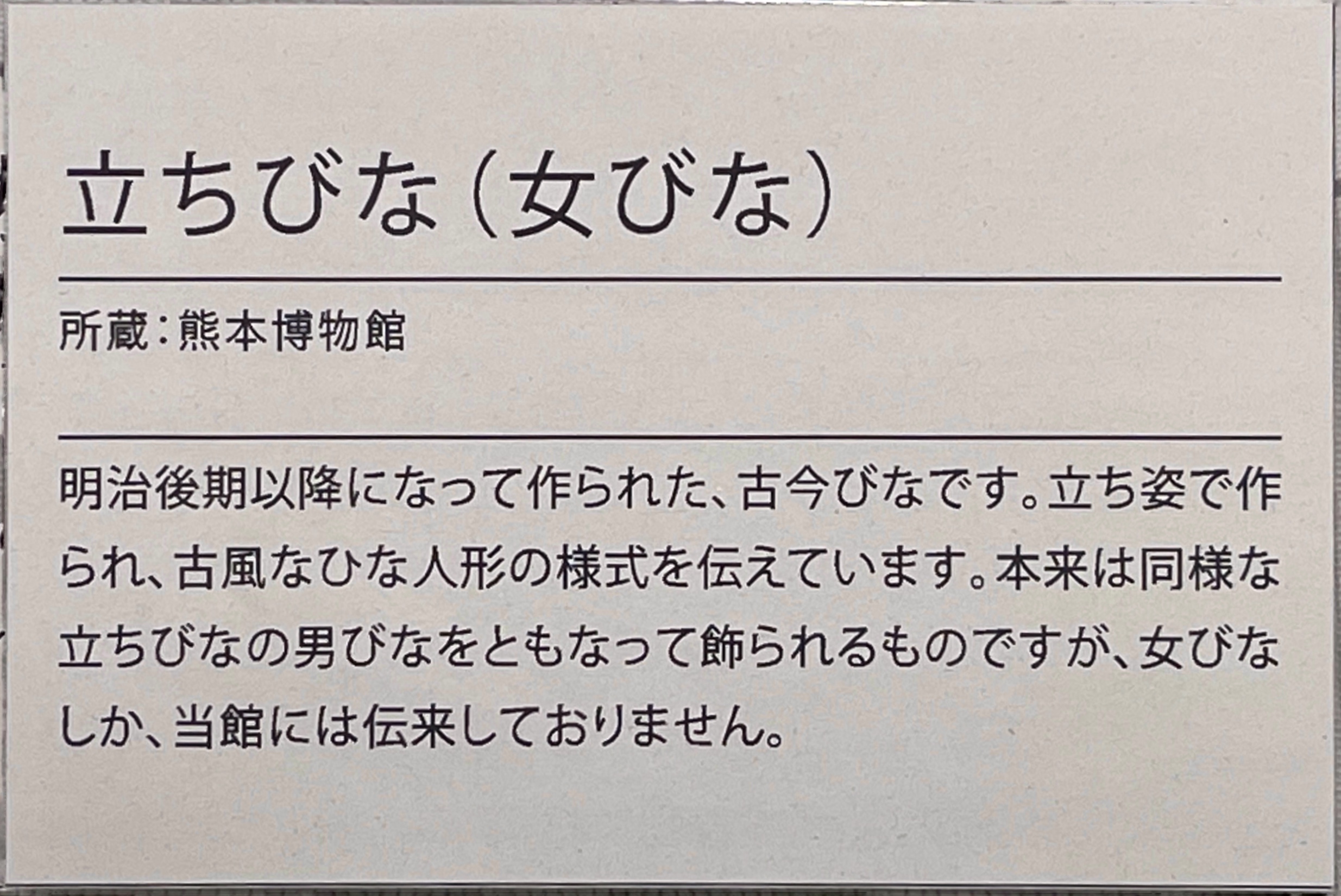
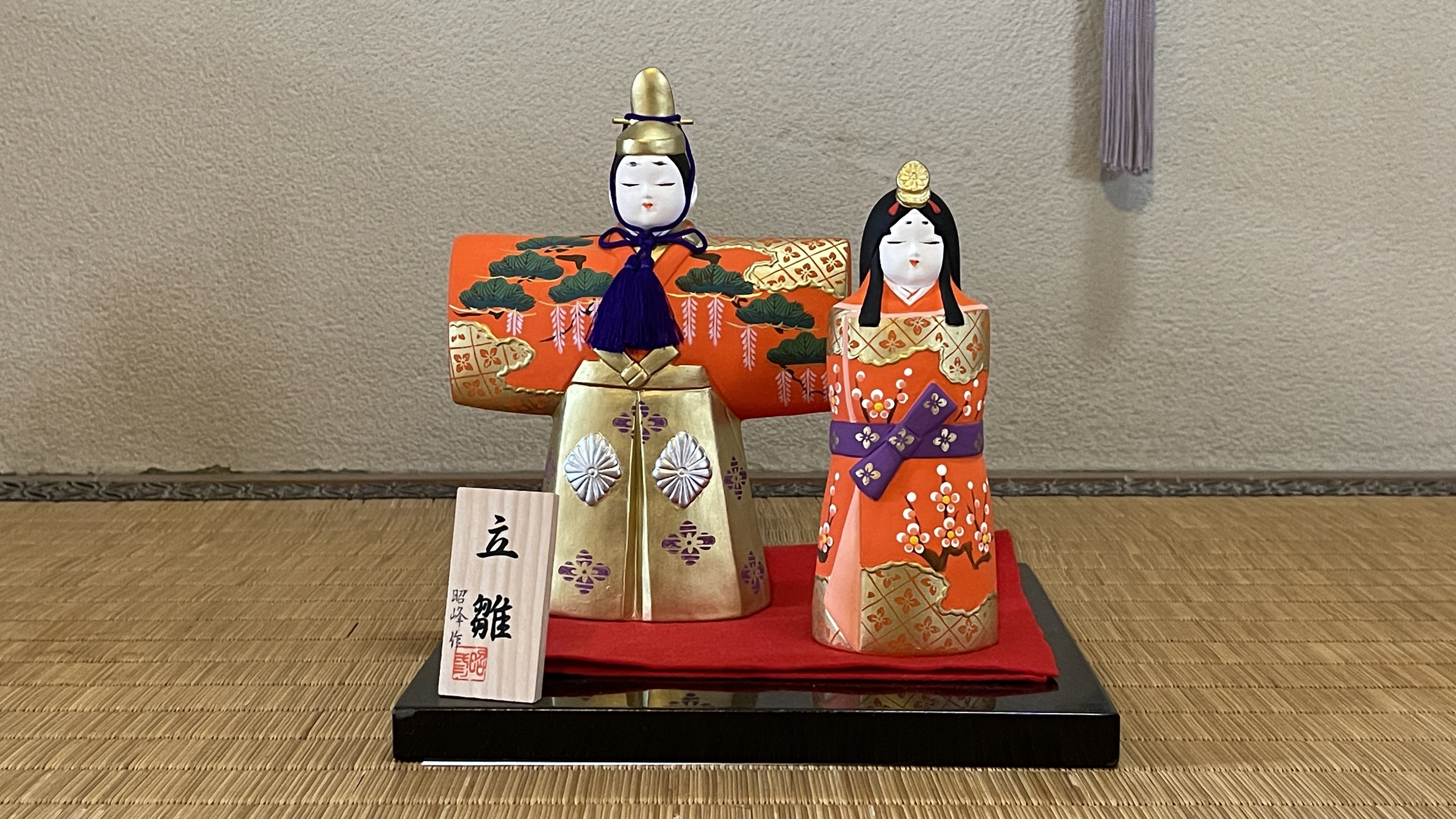
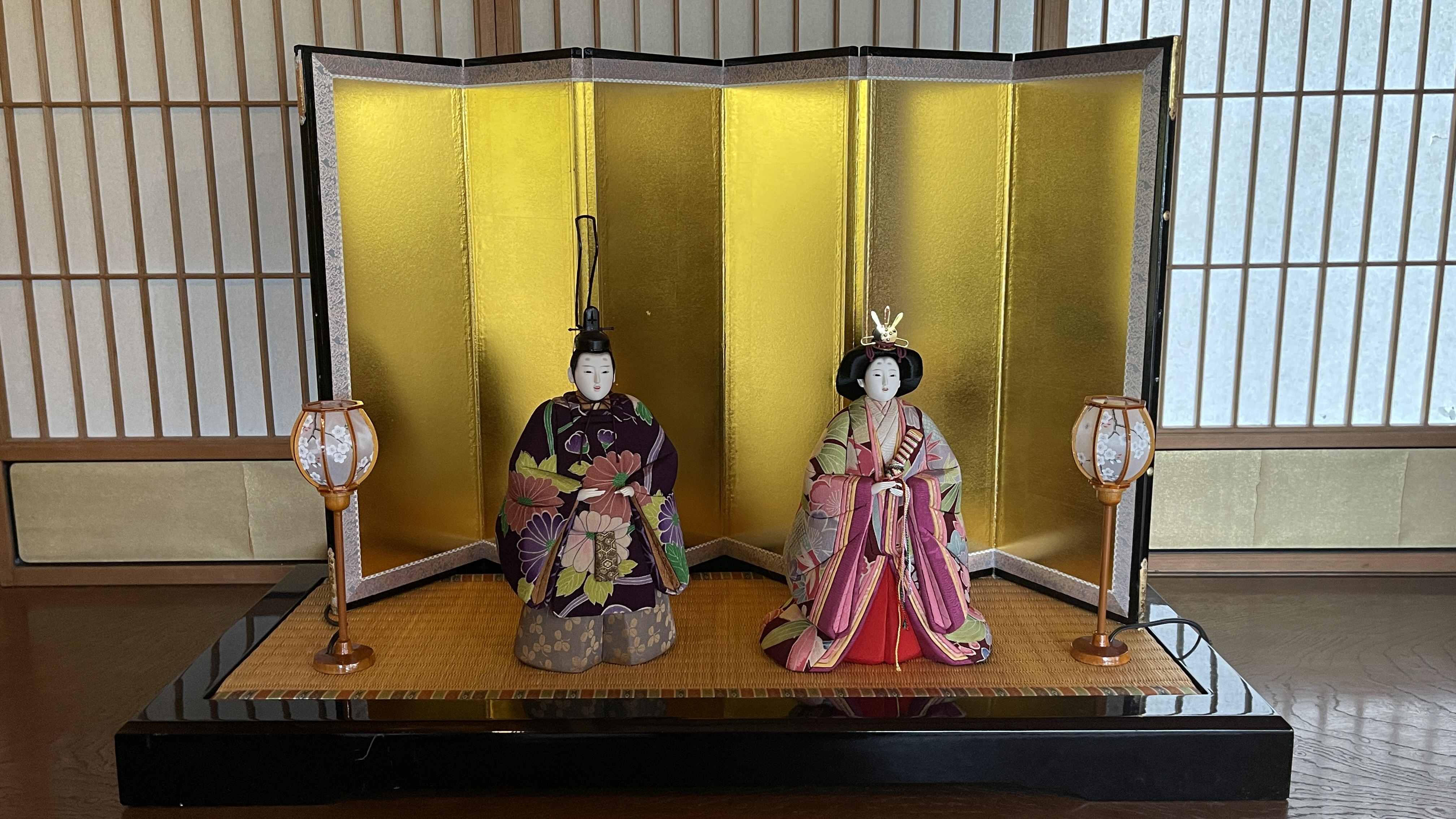
Box hina is a hina-doll made by a Buddhist altar craftsman.
The hina-doll will always be displayed in a box.
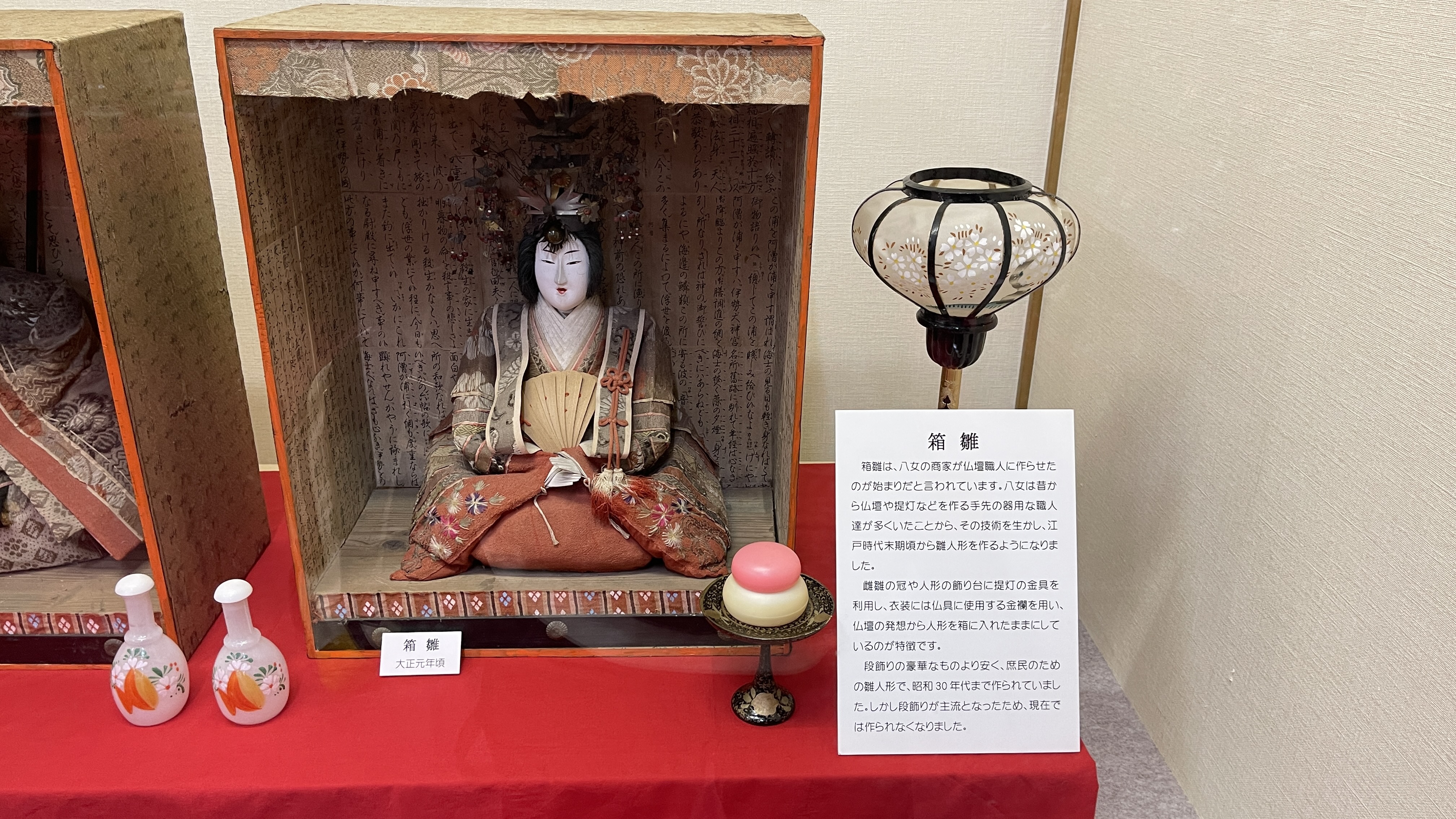
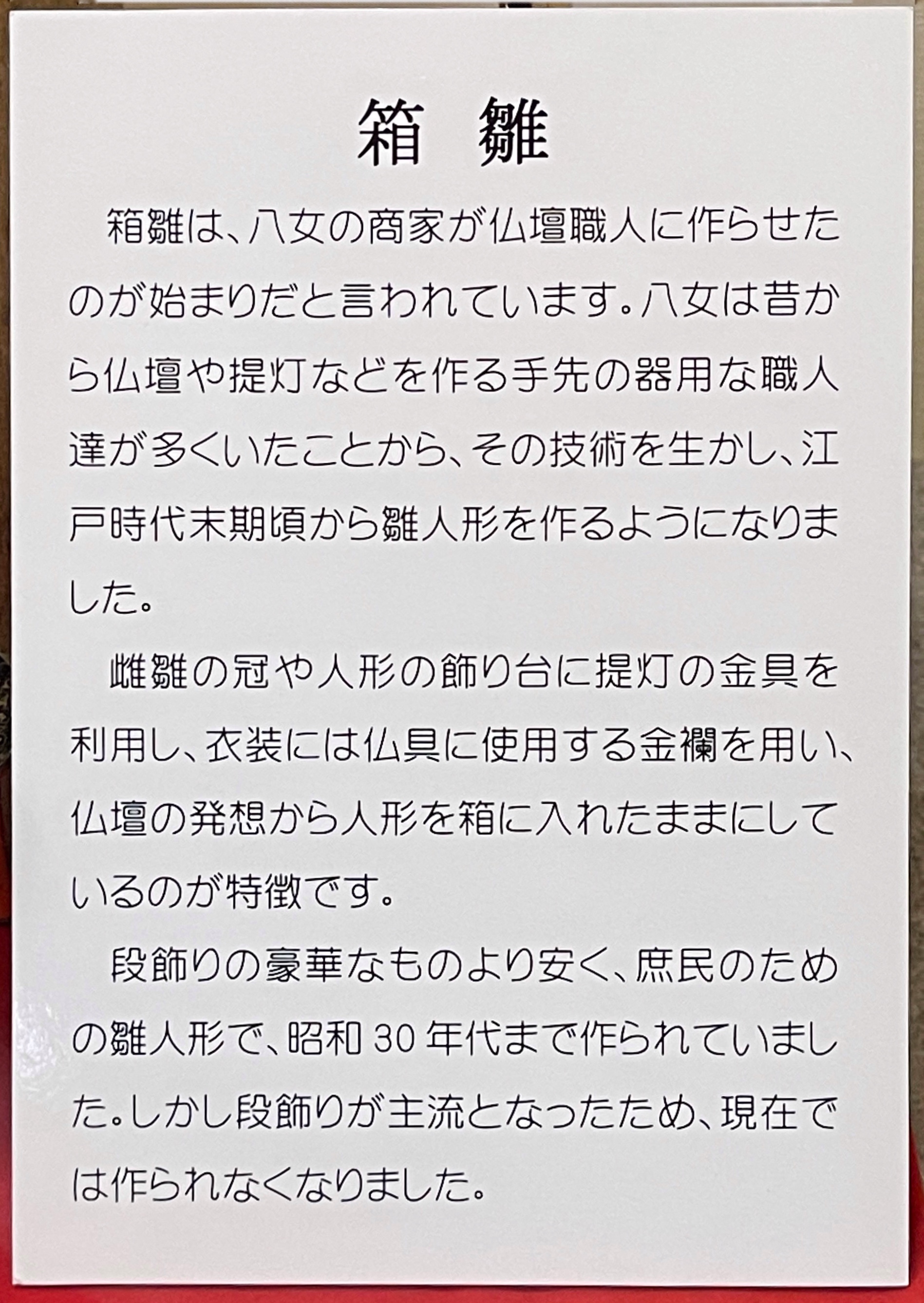
Since the 19th century, Hina decoration has become more and more luxurious.
Hina decoration now includes wedding utensils, and the right and left ministers are added to make it more like a royal palace.
For this reason, tiered decorations were created.
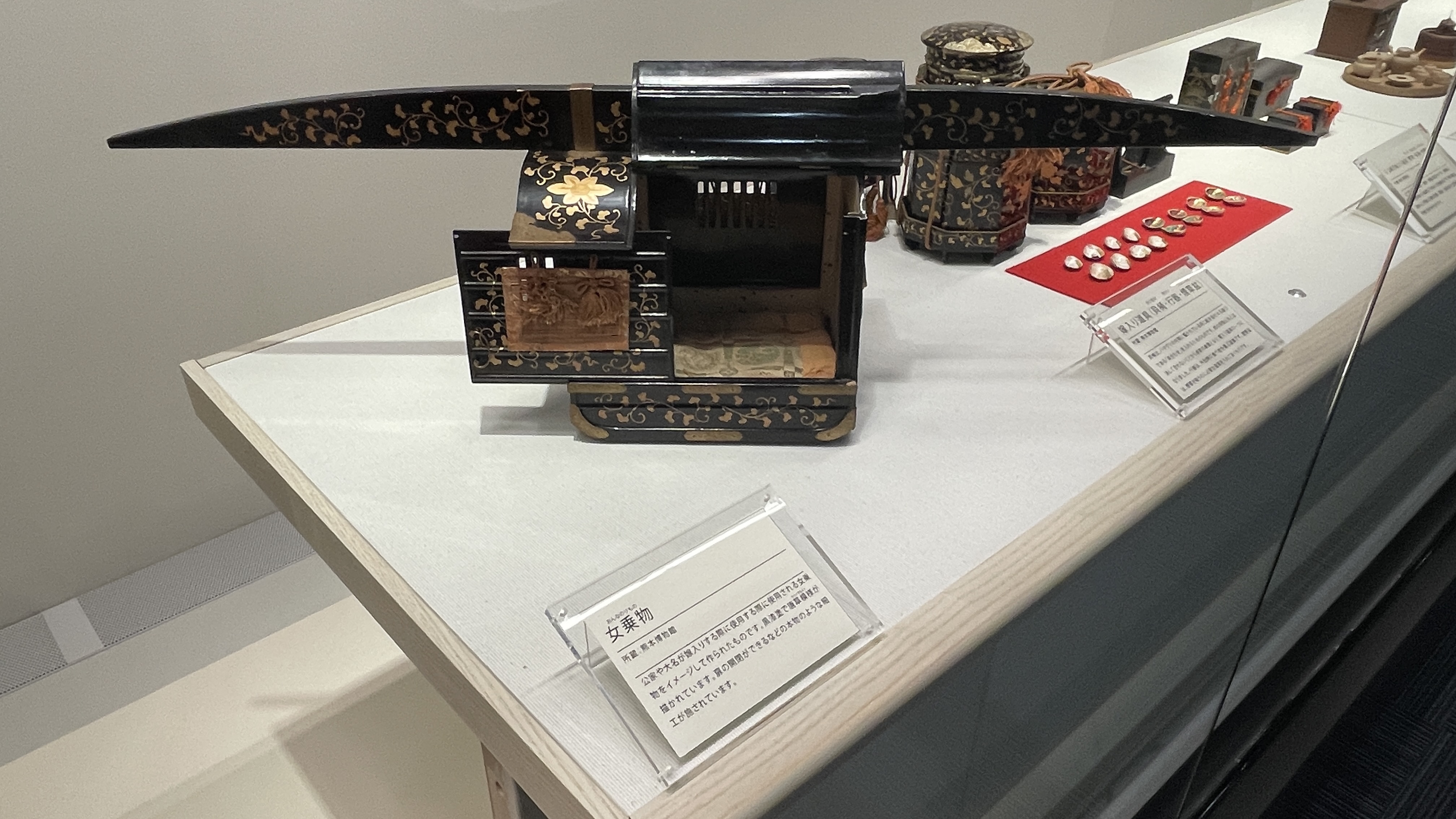
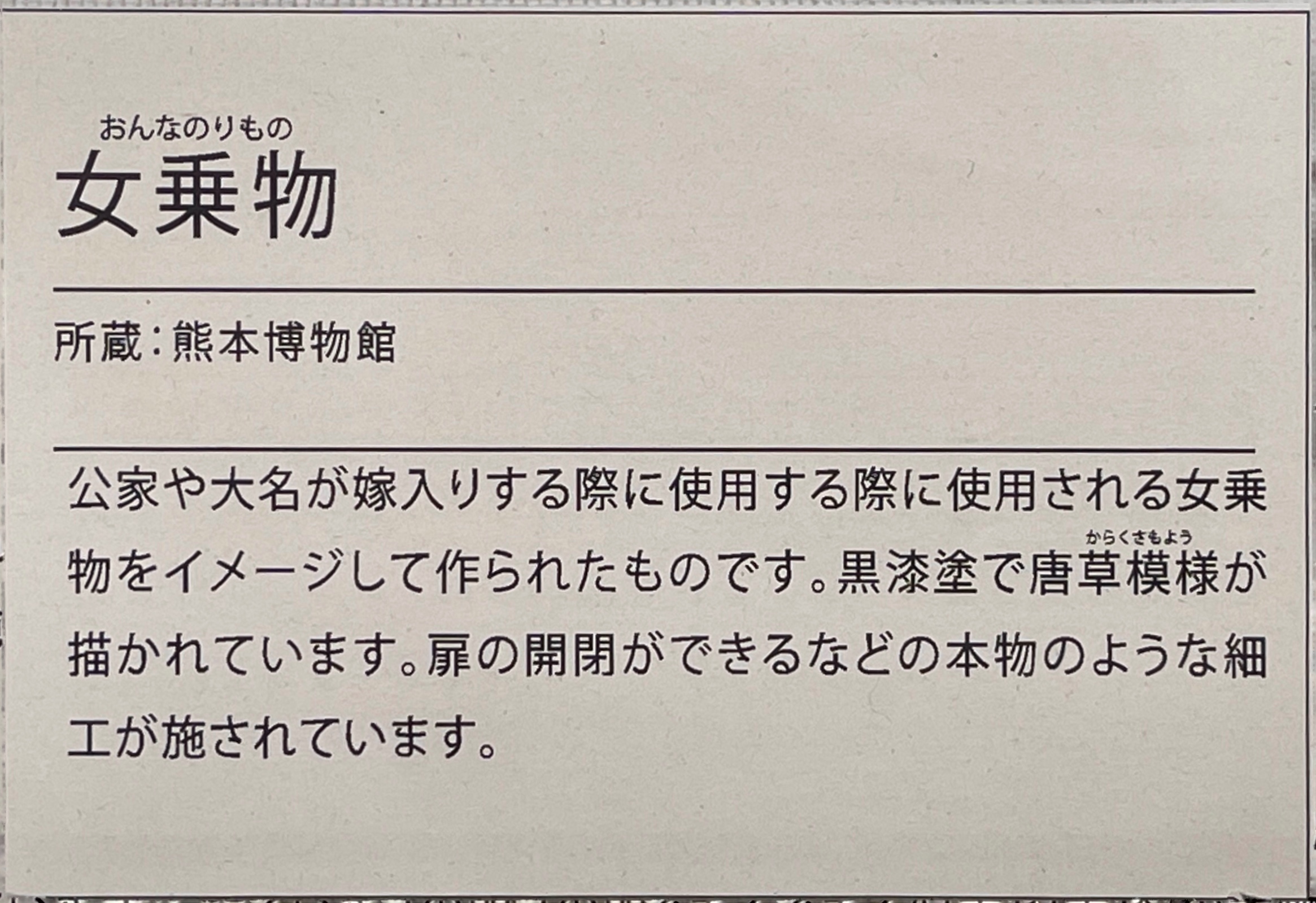
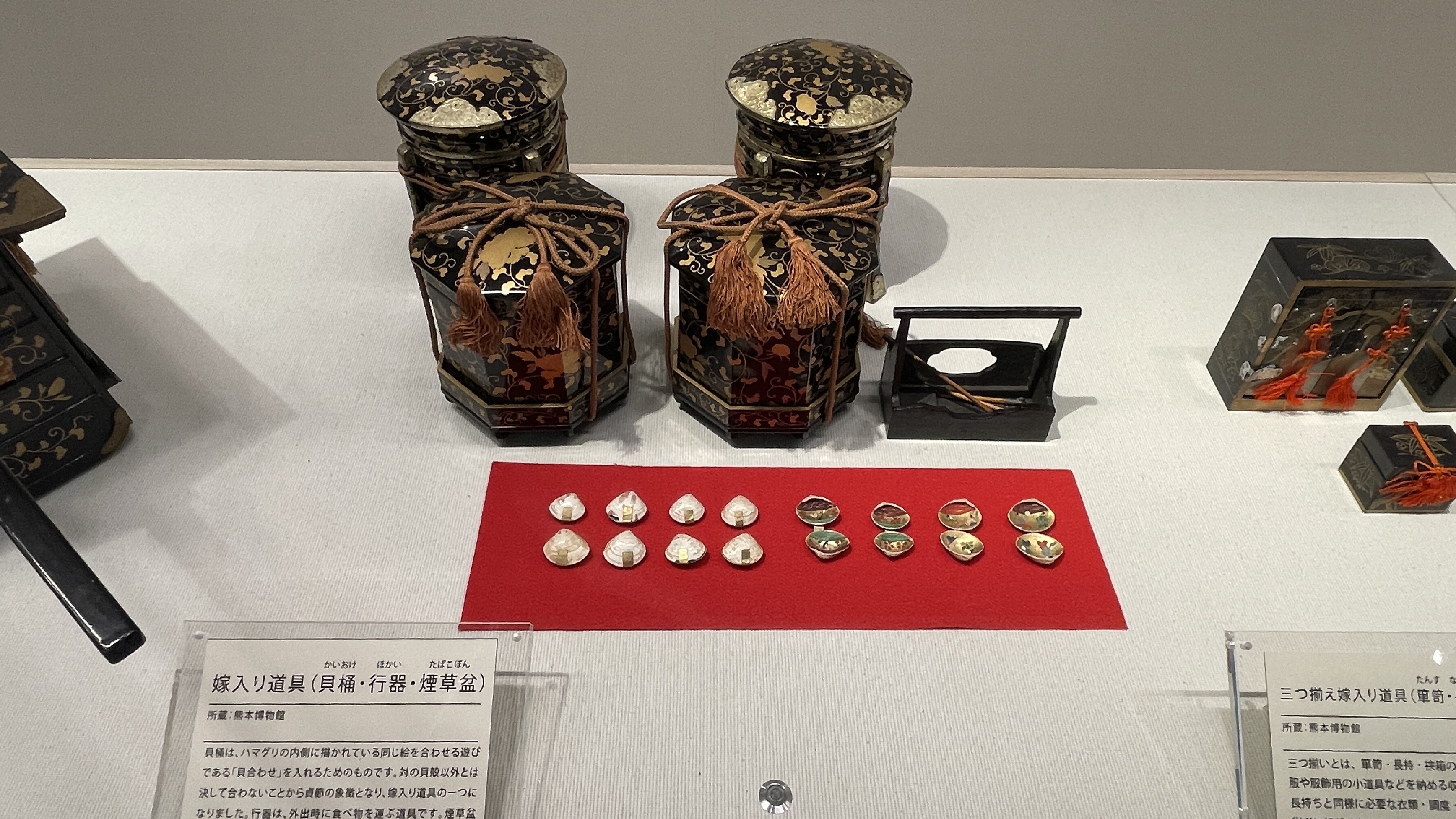
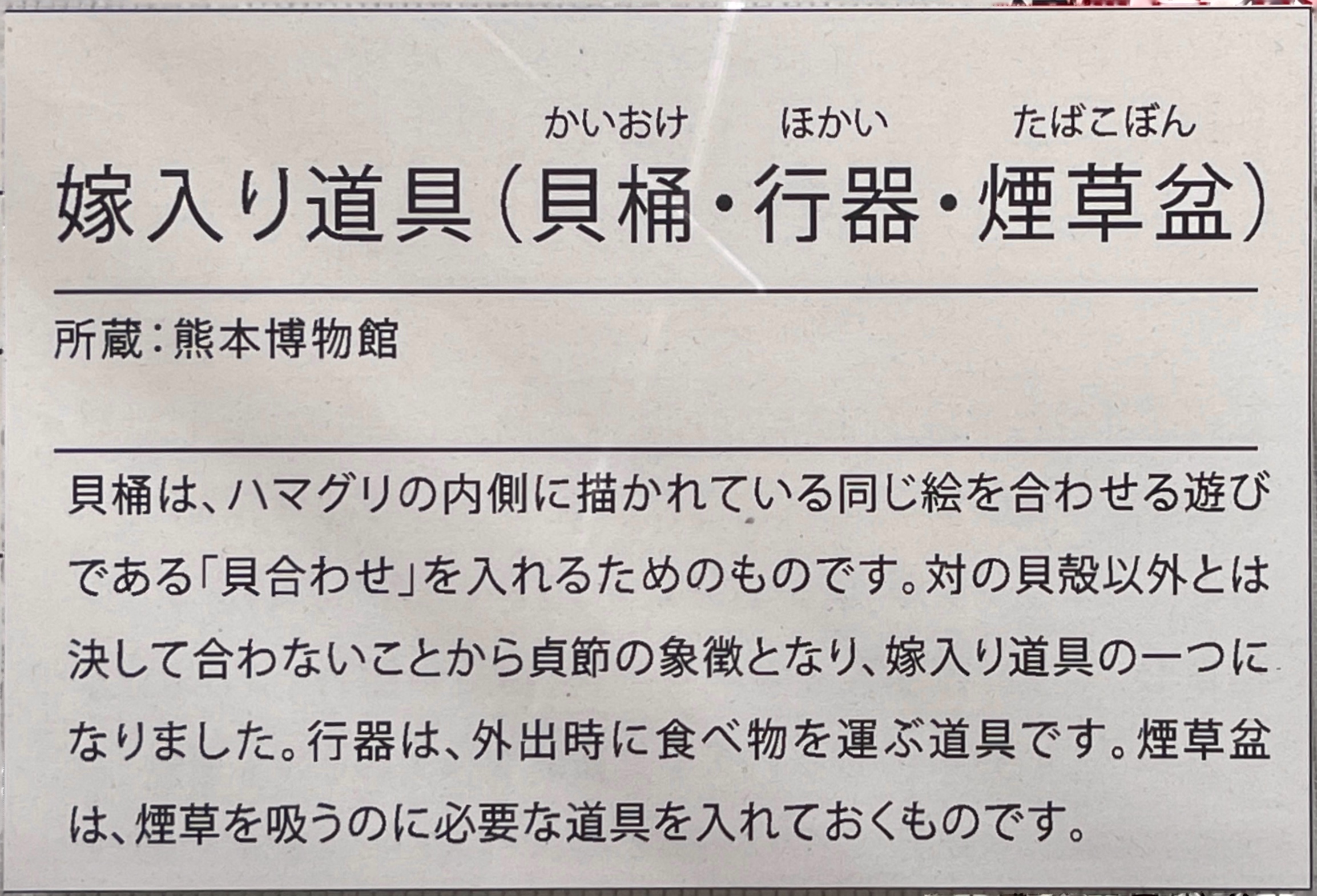
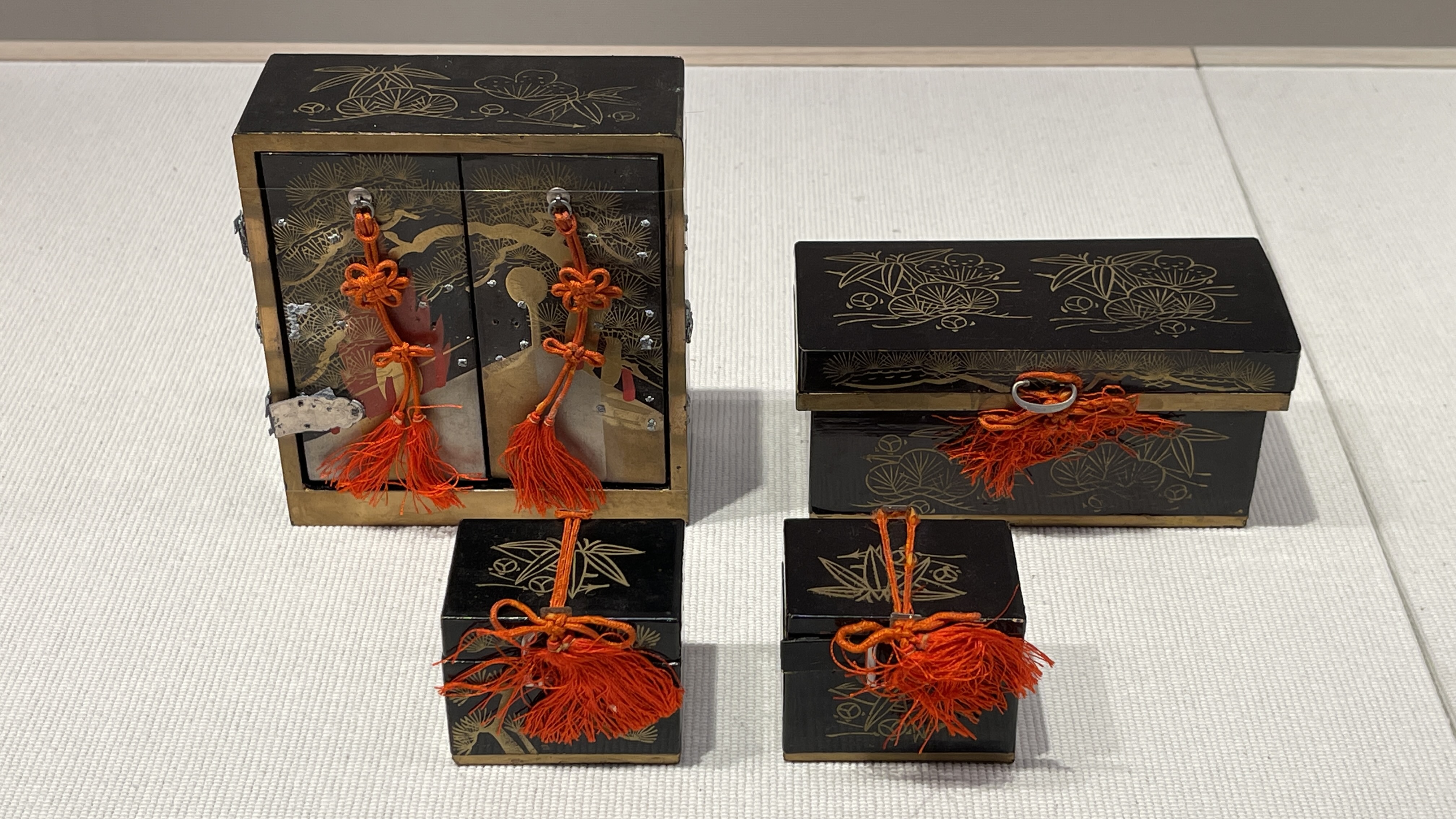
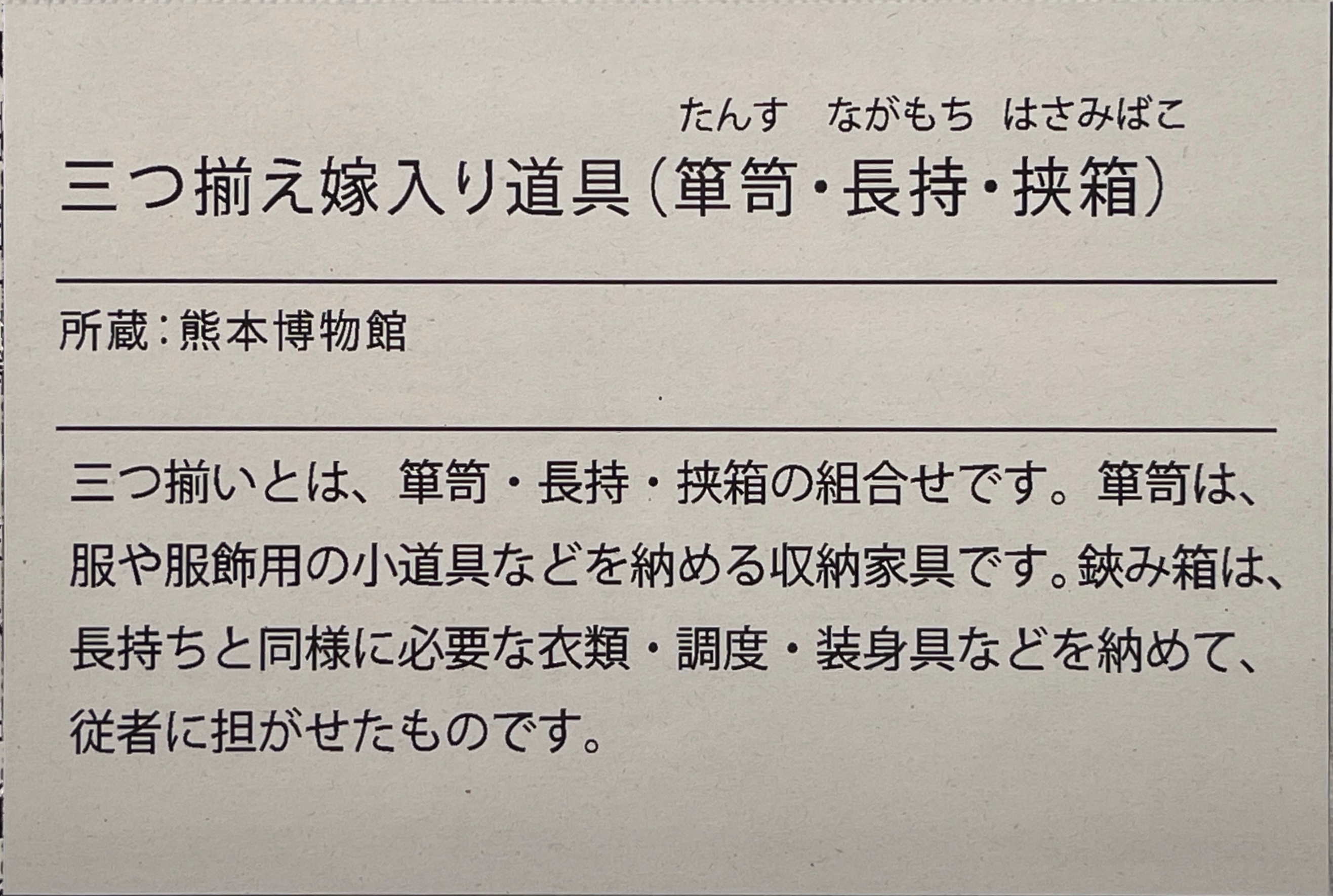
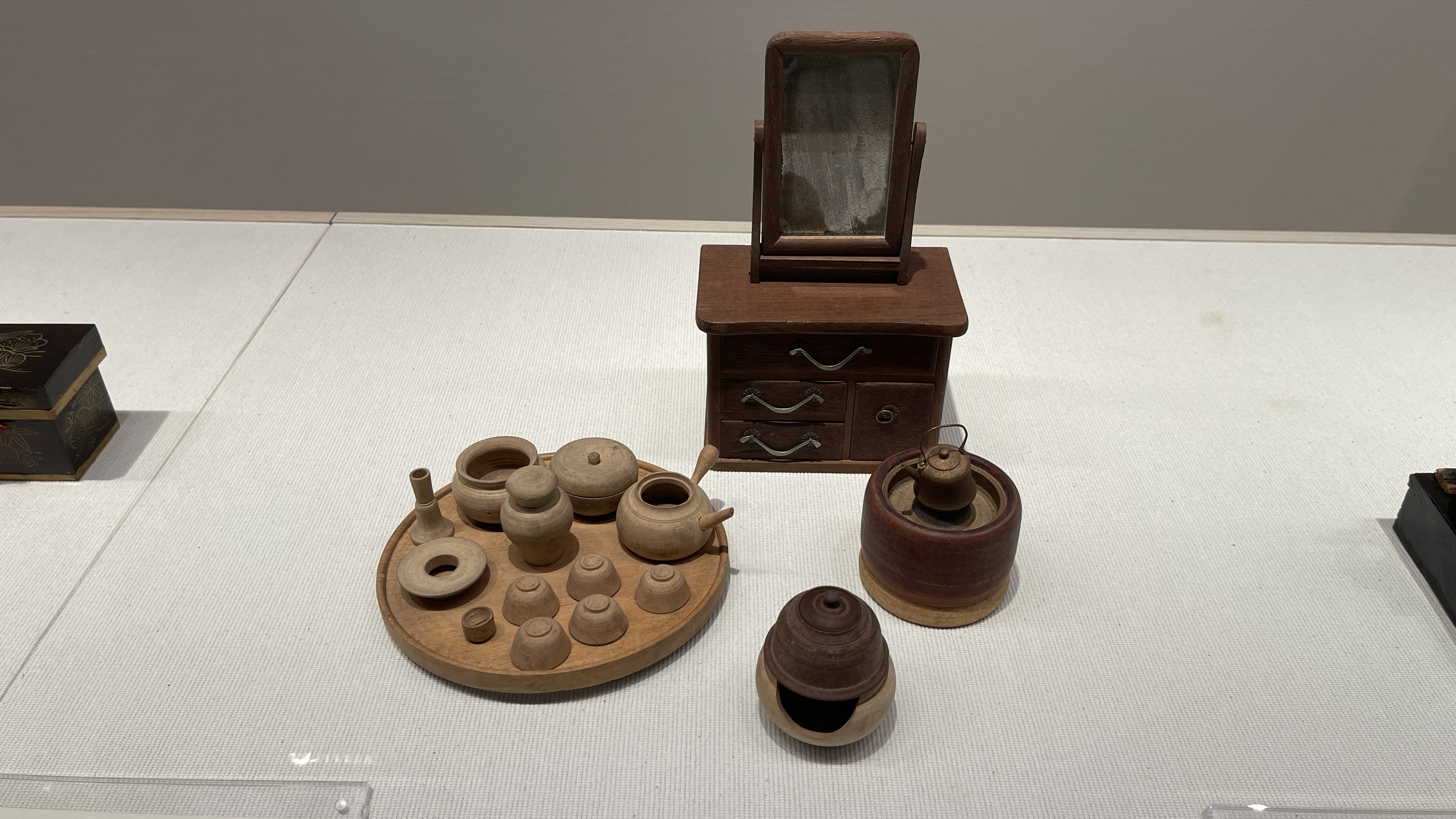
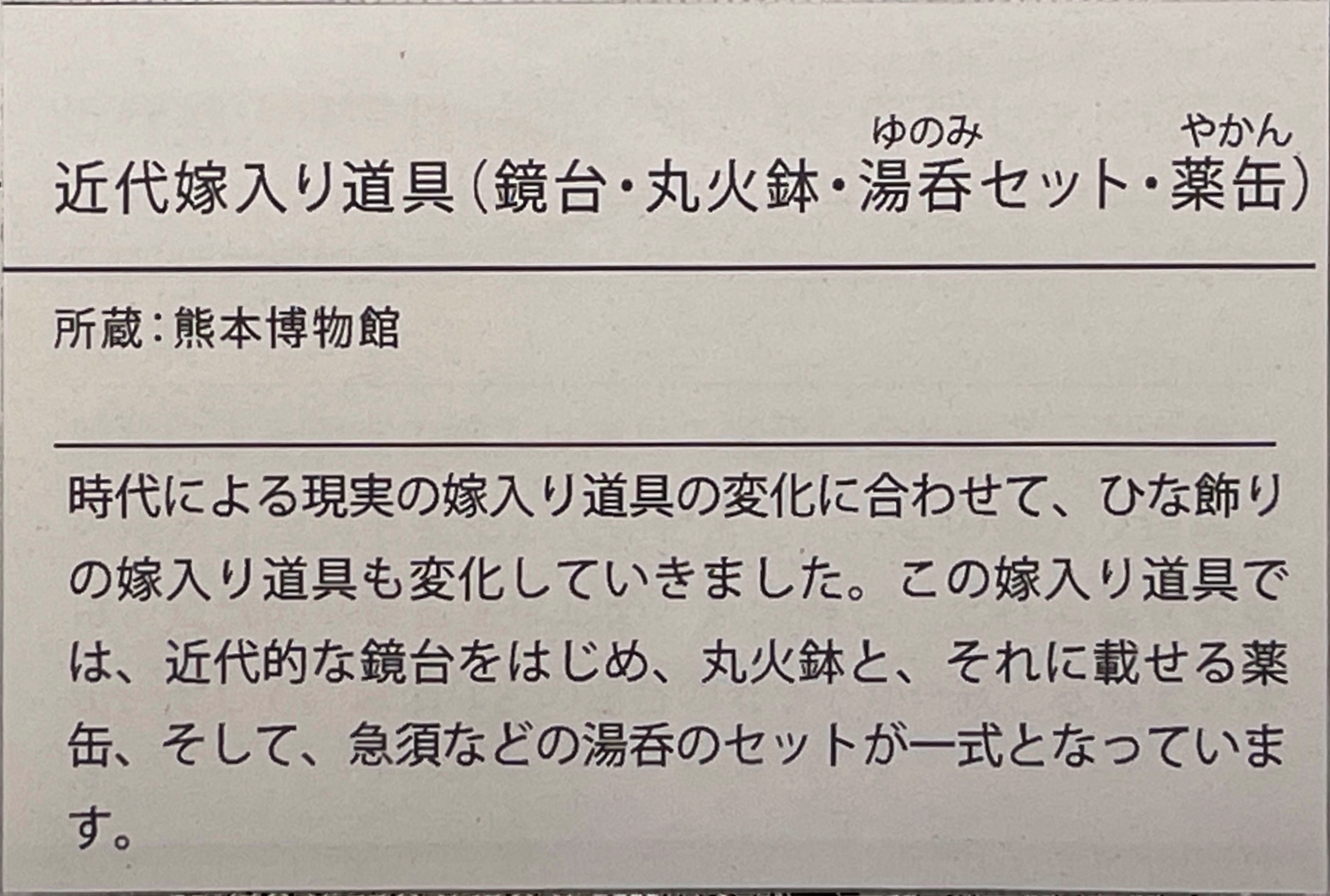
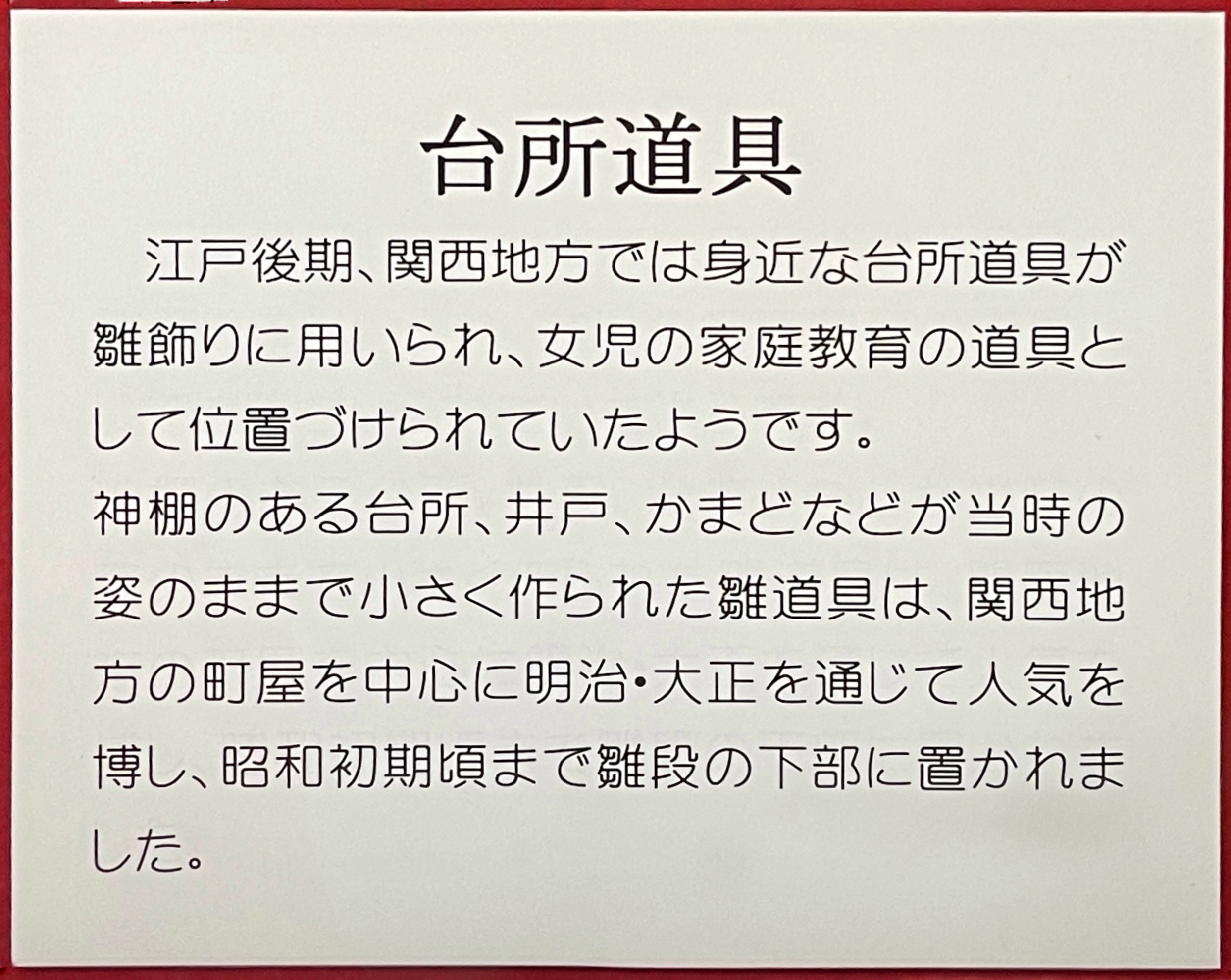


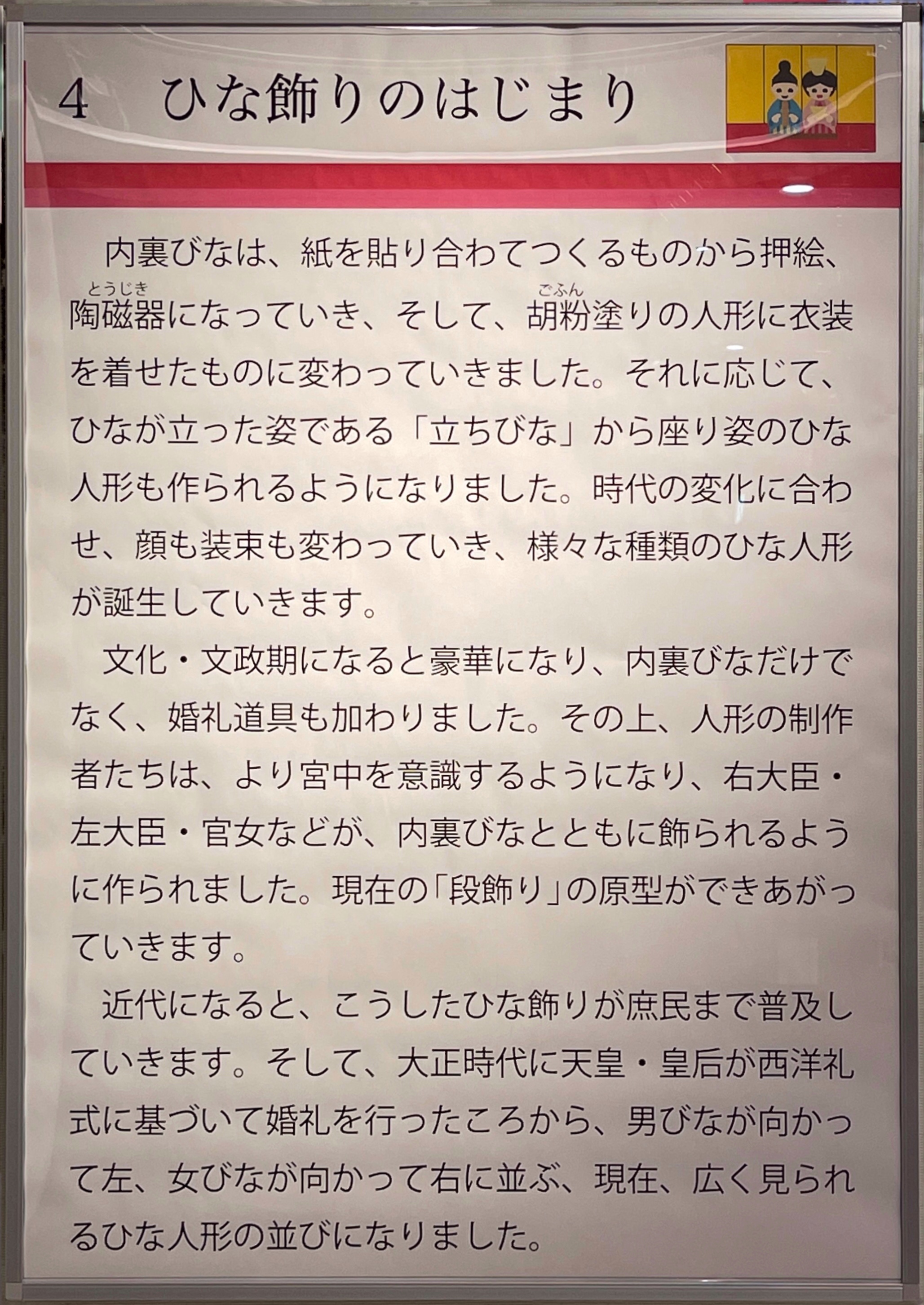
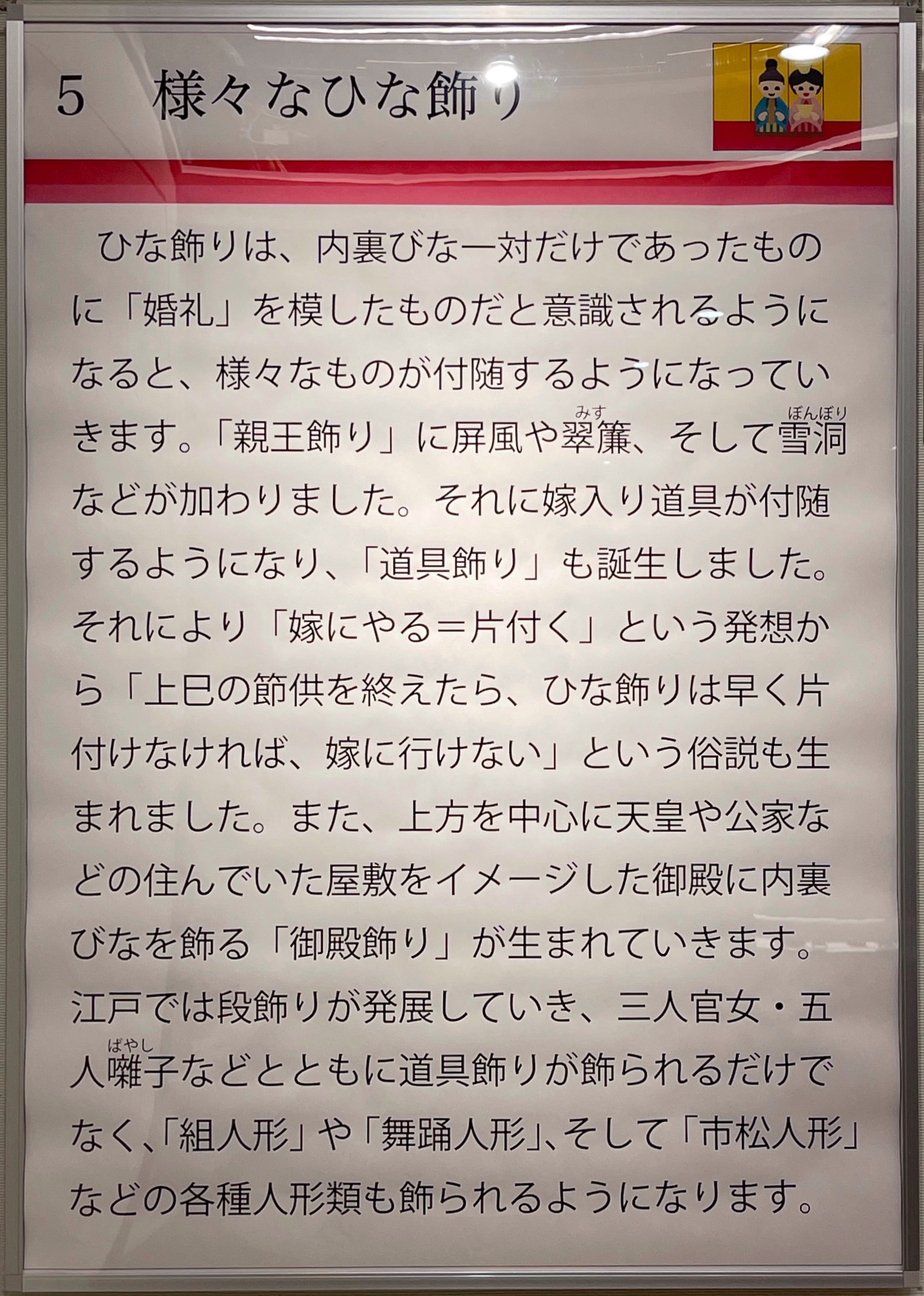
Goten decoration imitates the residences of emperors and court nobles in the Heian period(794-1185).
As was the culture of the time, the male dolls are displayed on the right, and the female dolls on the left.
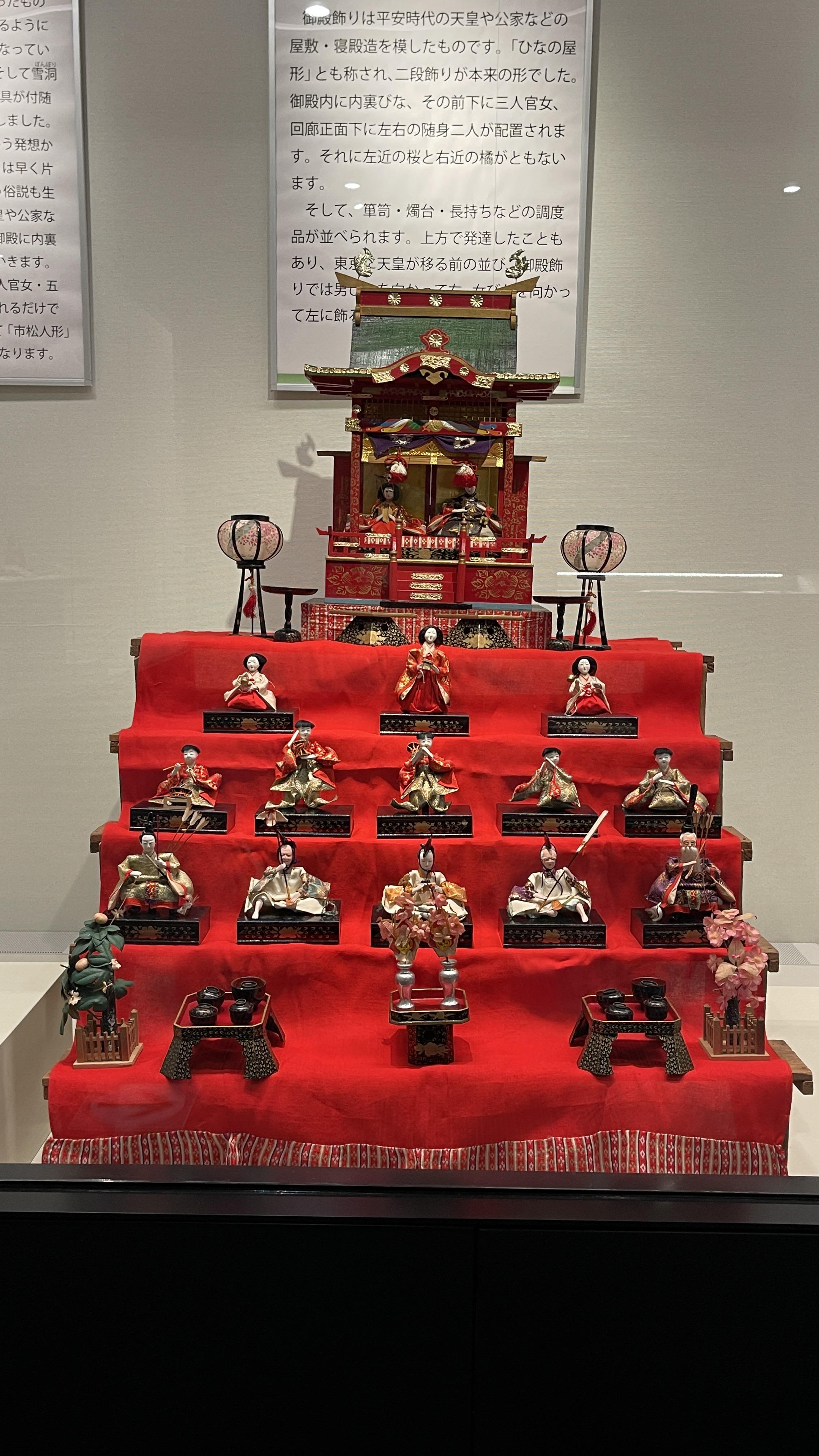
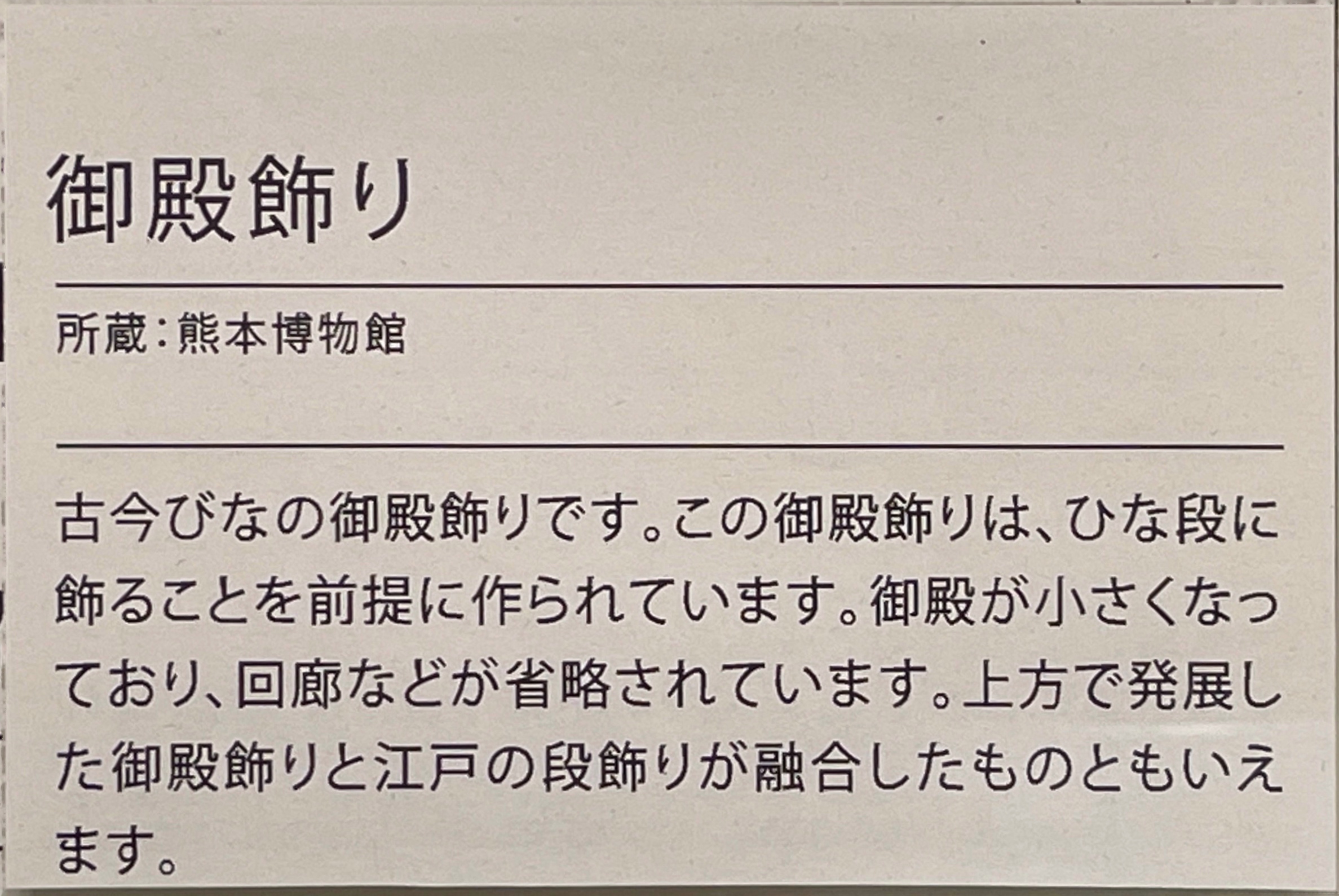
In modern Shinno-decoration, male dolls are displayed on the left, and female dolls on the right.
This is said to have been triggered by the marriage ceremonies of the emperor and empress in the Taisho era, which were based on Western etiquette.
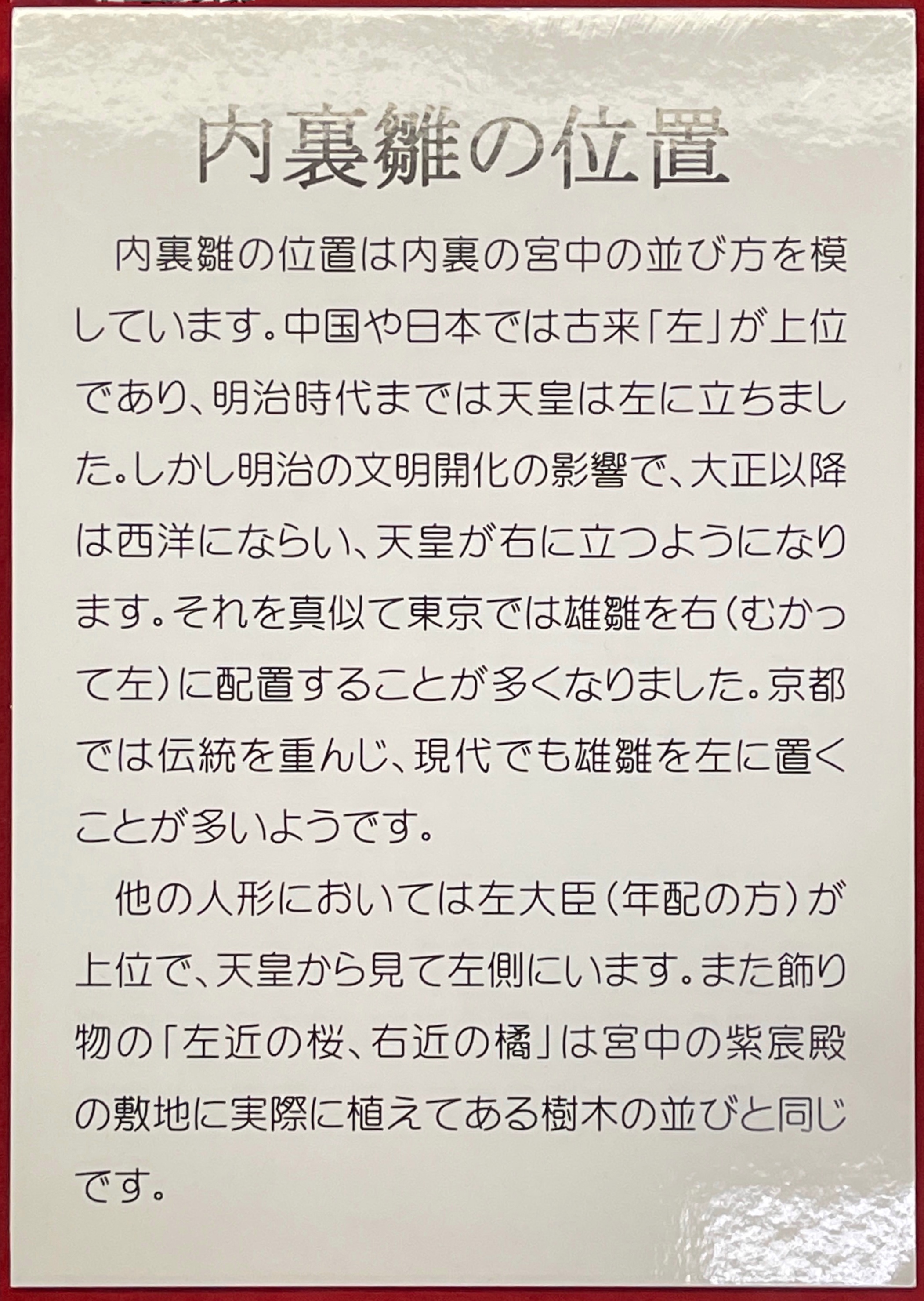
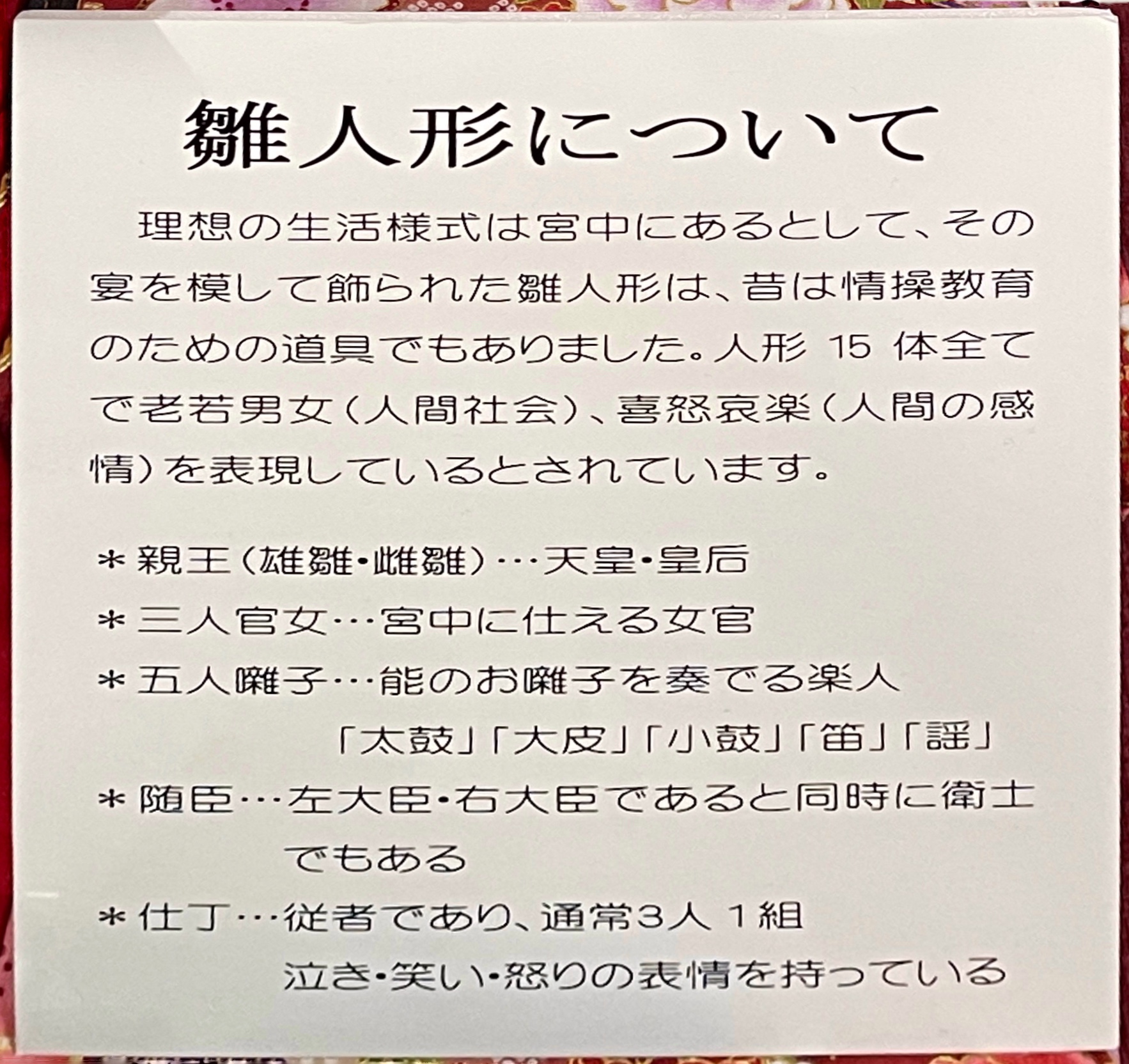
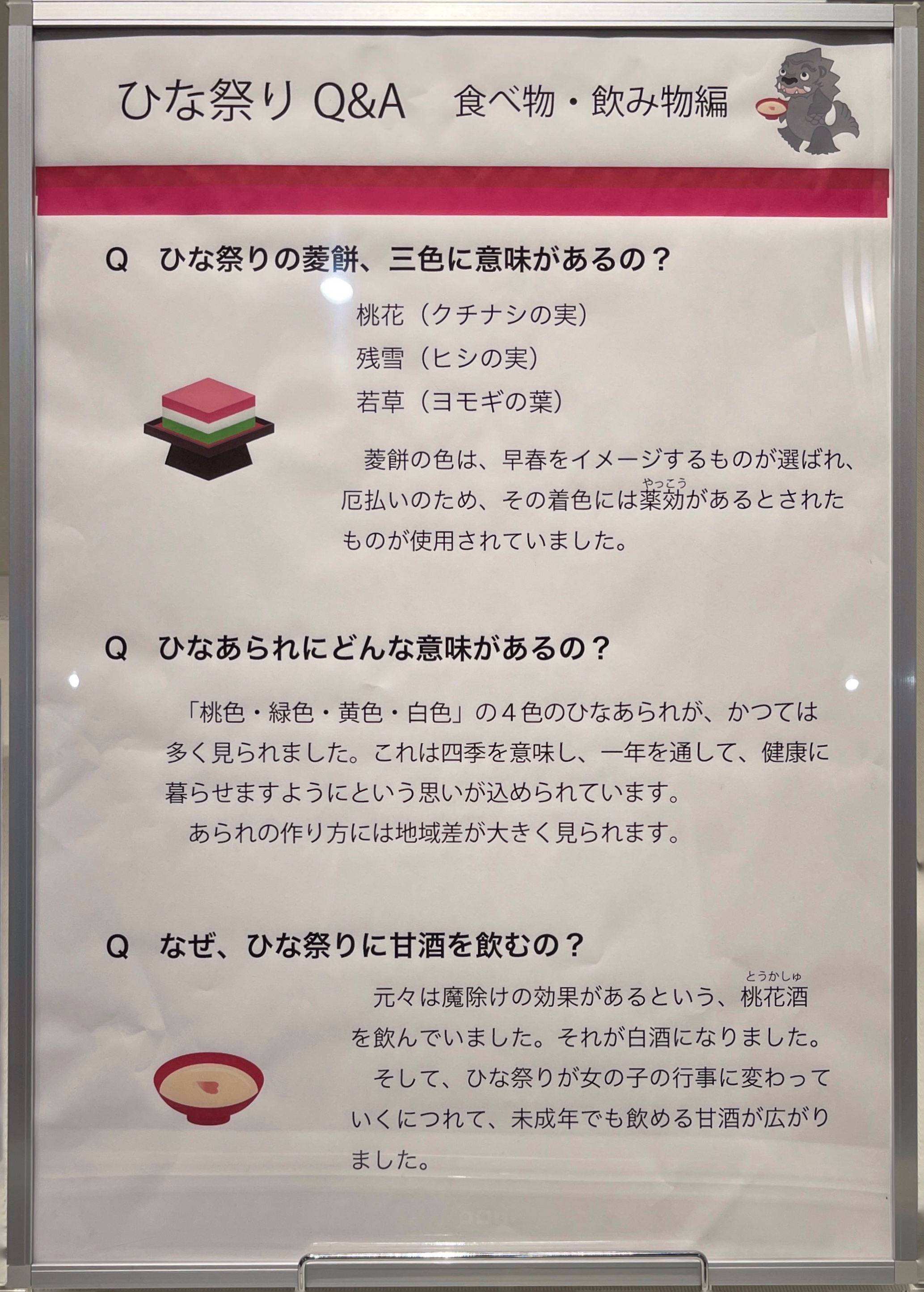
#
#kimura
#takayuki
#木村
#隆之
#Japan
#Japanese
#Travel
#Sightseeing
#tourism
#garden
#Museums
#scenery
#Landscape
#shrine
#temple
#church
#castle
#view
#historical facilities
#shrinesandtemples
#日本
#観光
#旅行
#日本庭園
#博物館
#神社
#寺
#景観
#城
#教会
#
#
#
#
#
#
#
#
#
#
#
#
#
#
